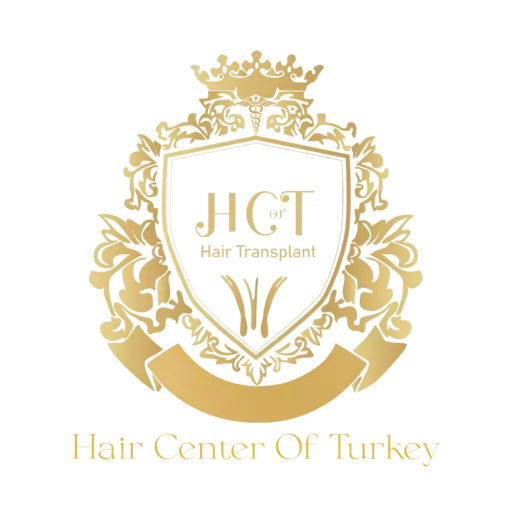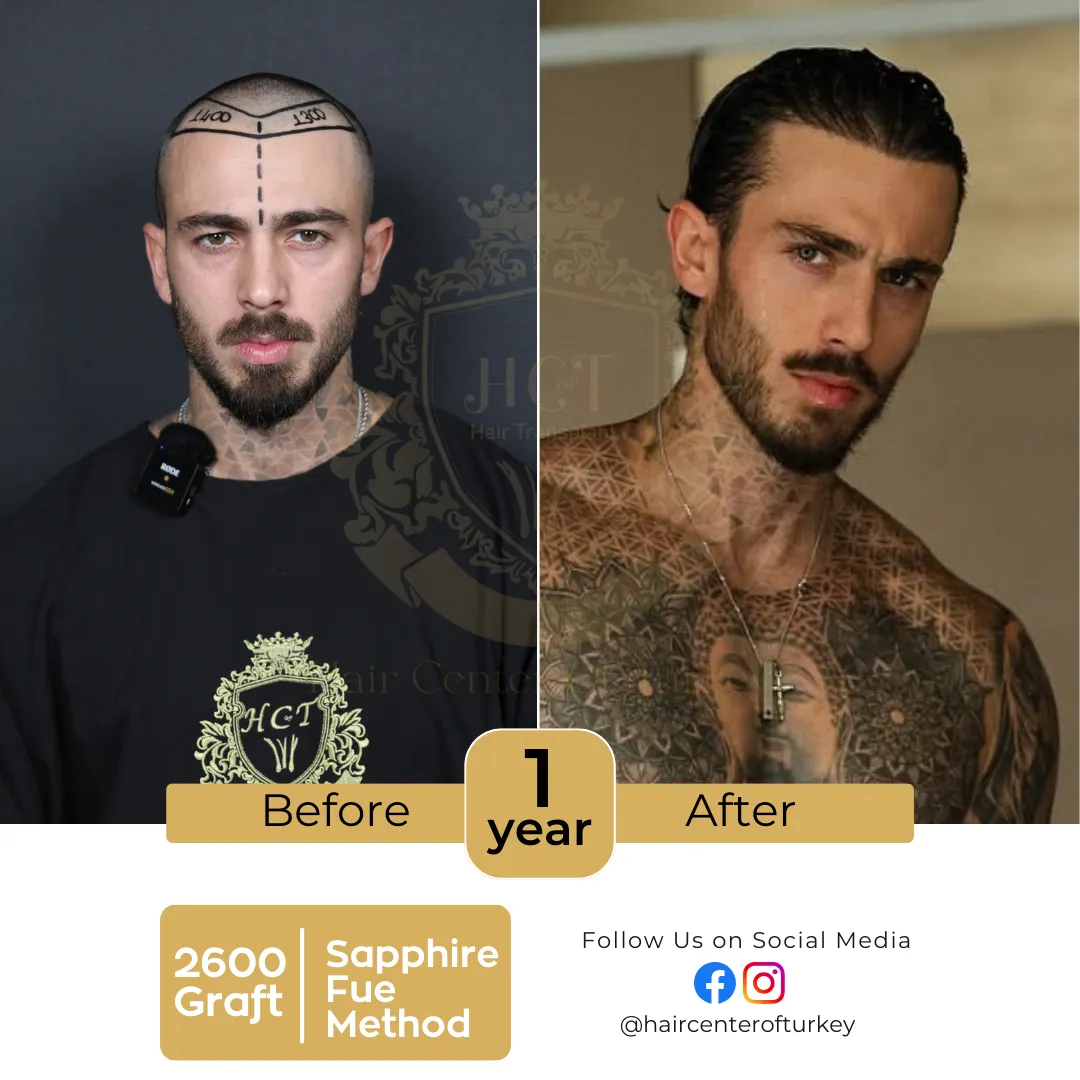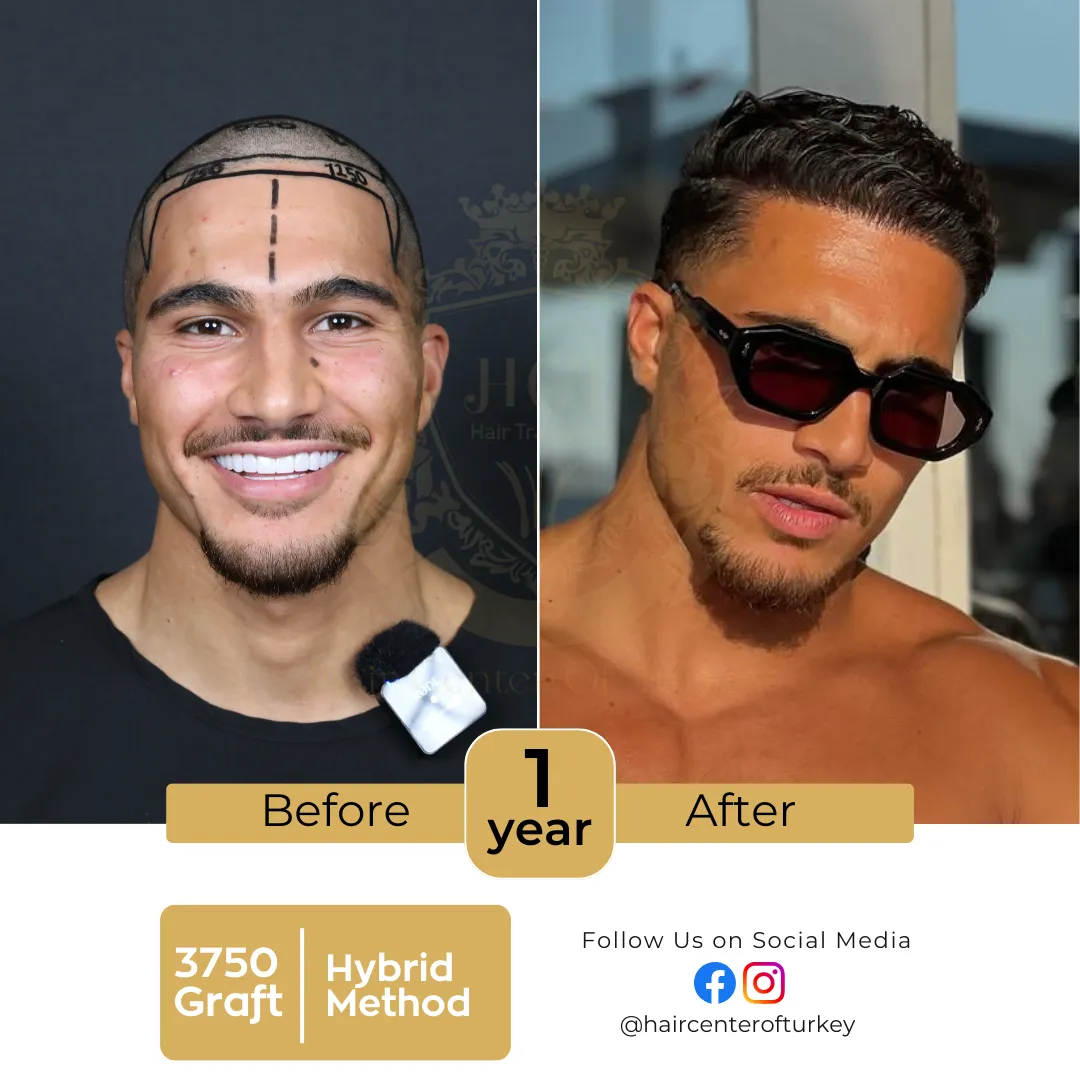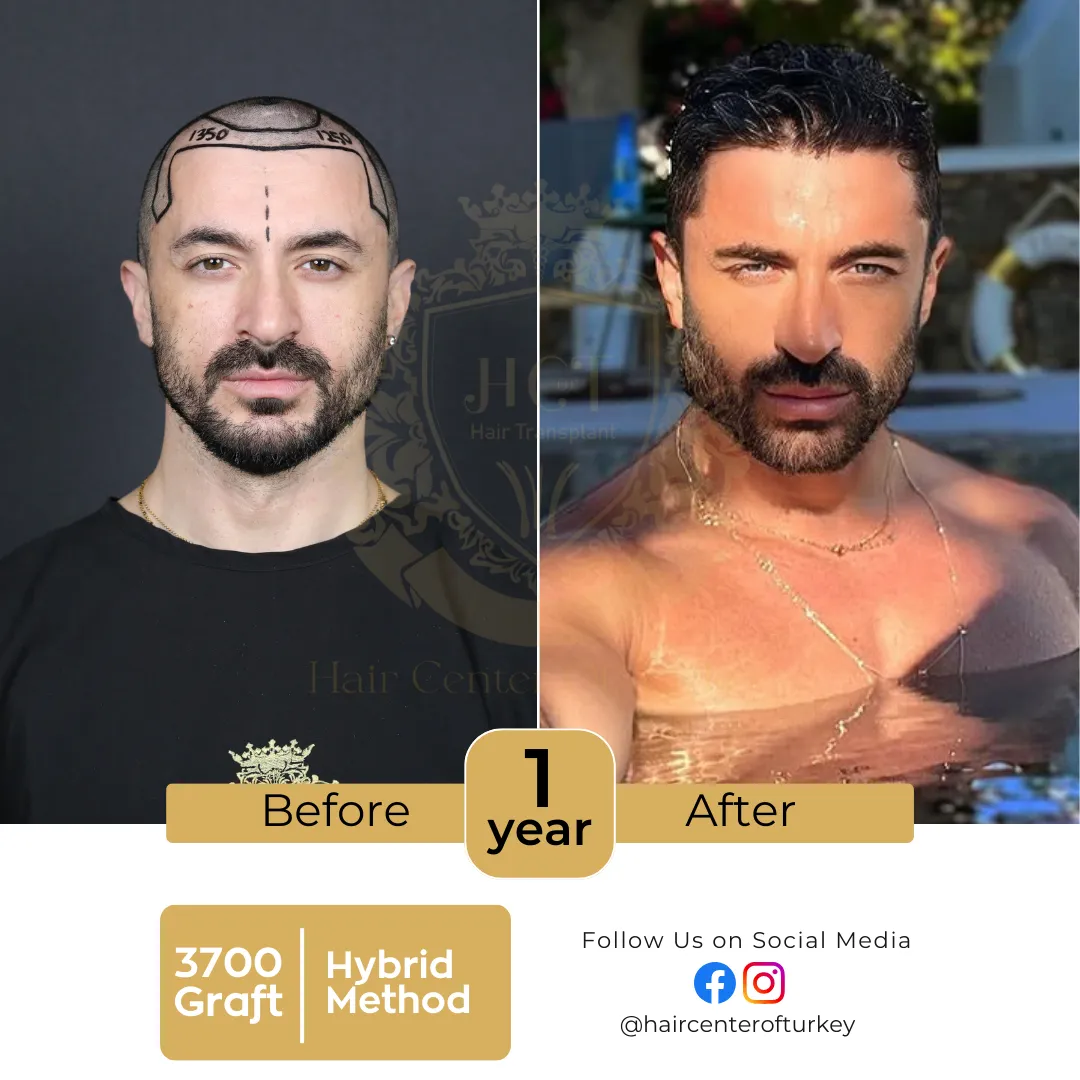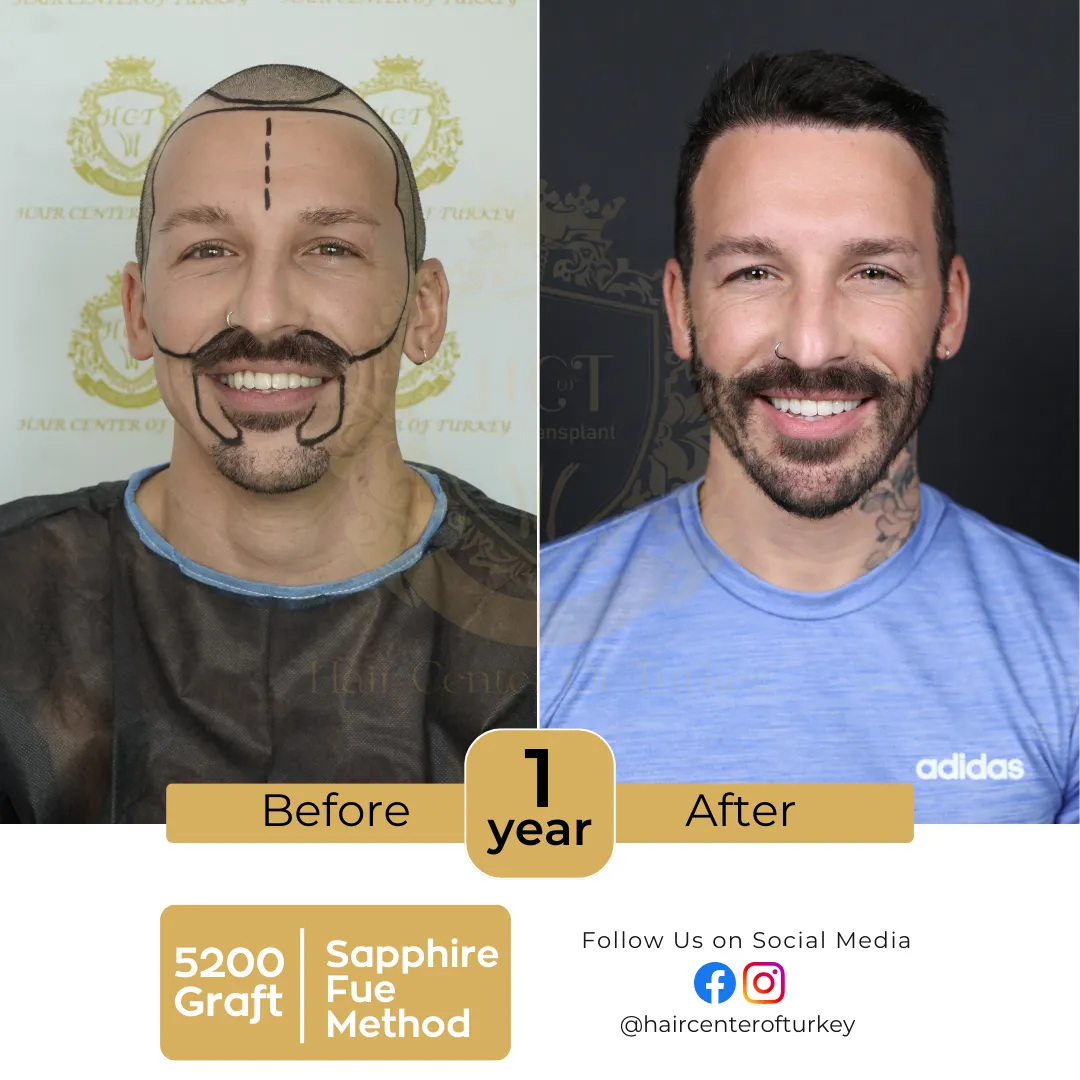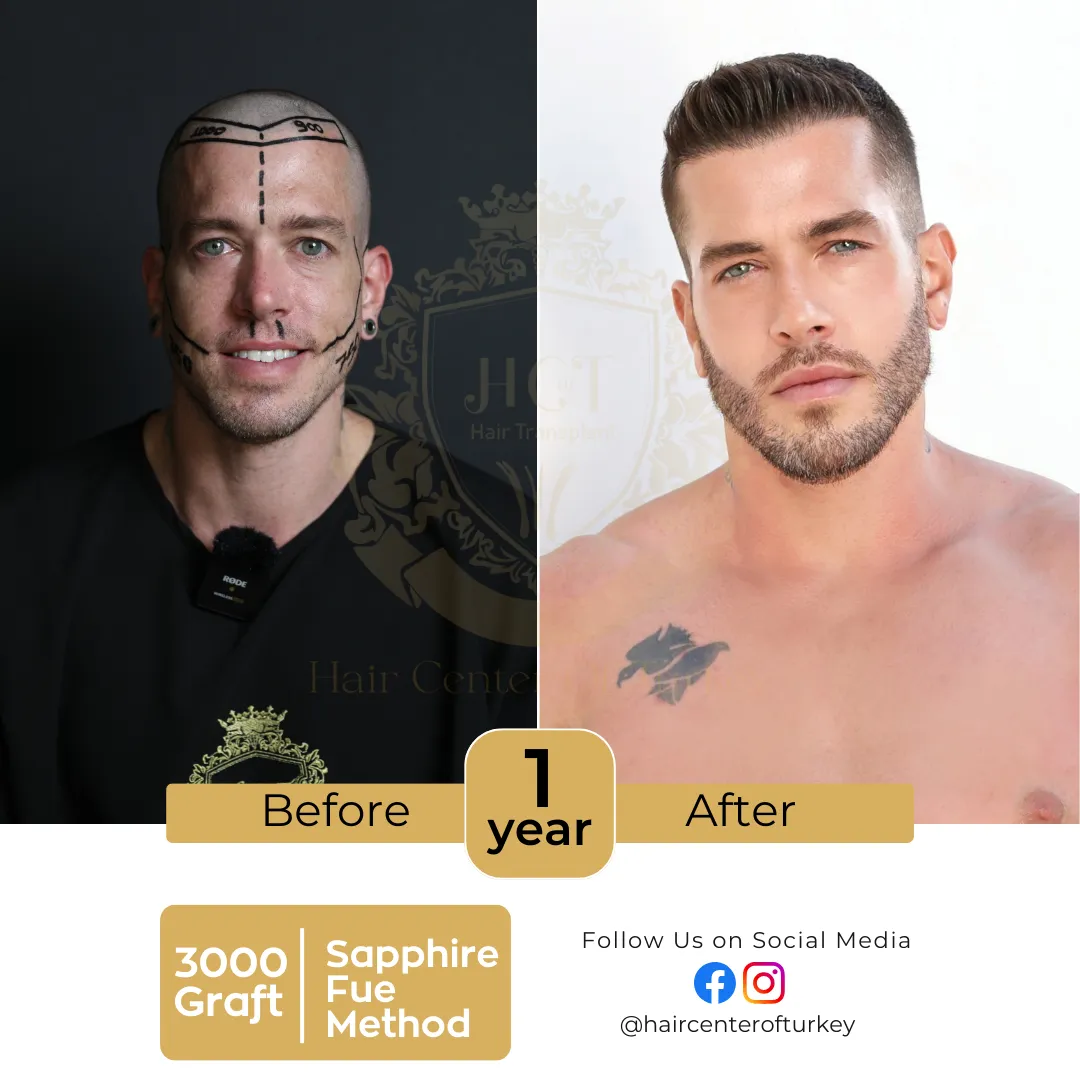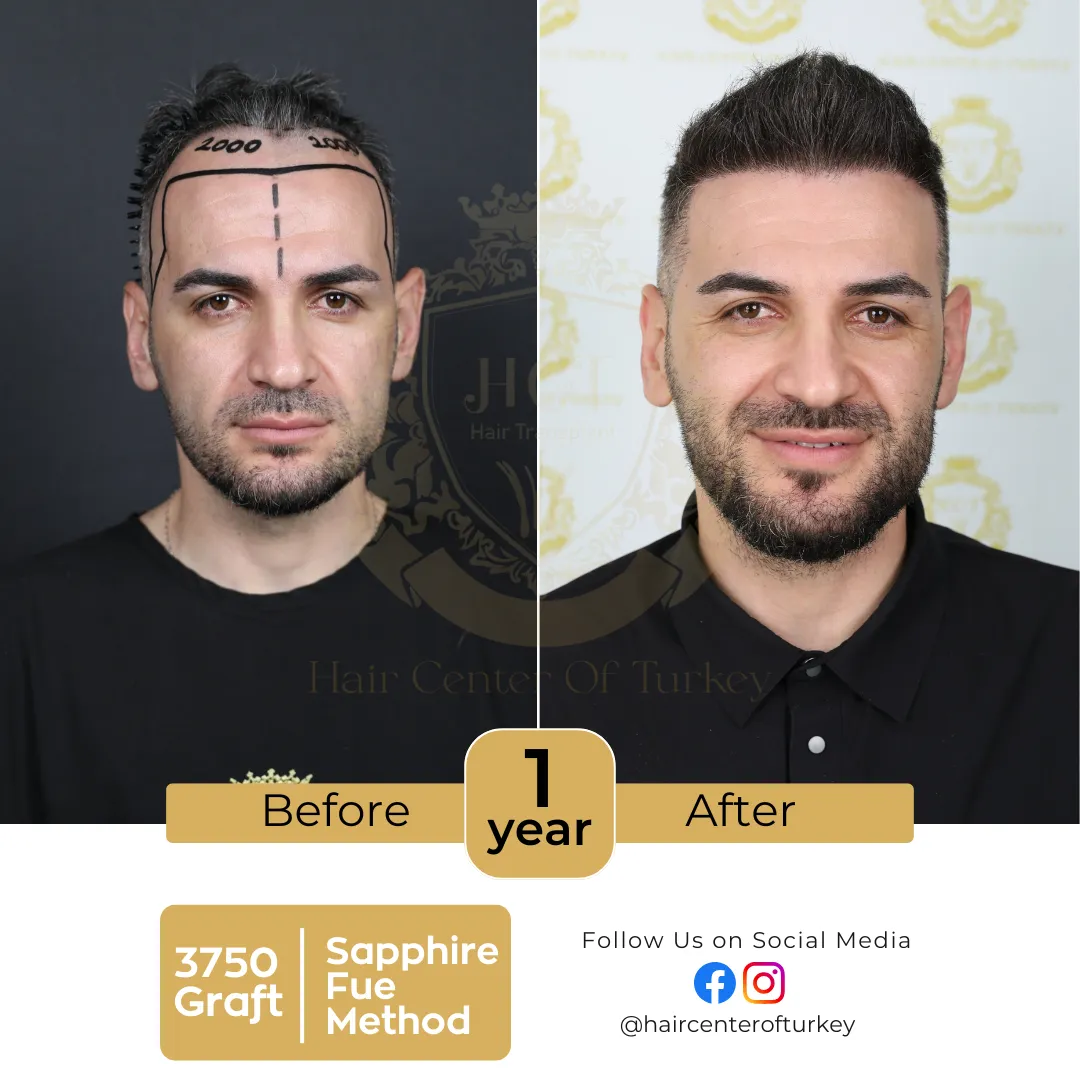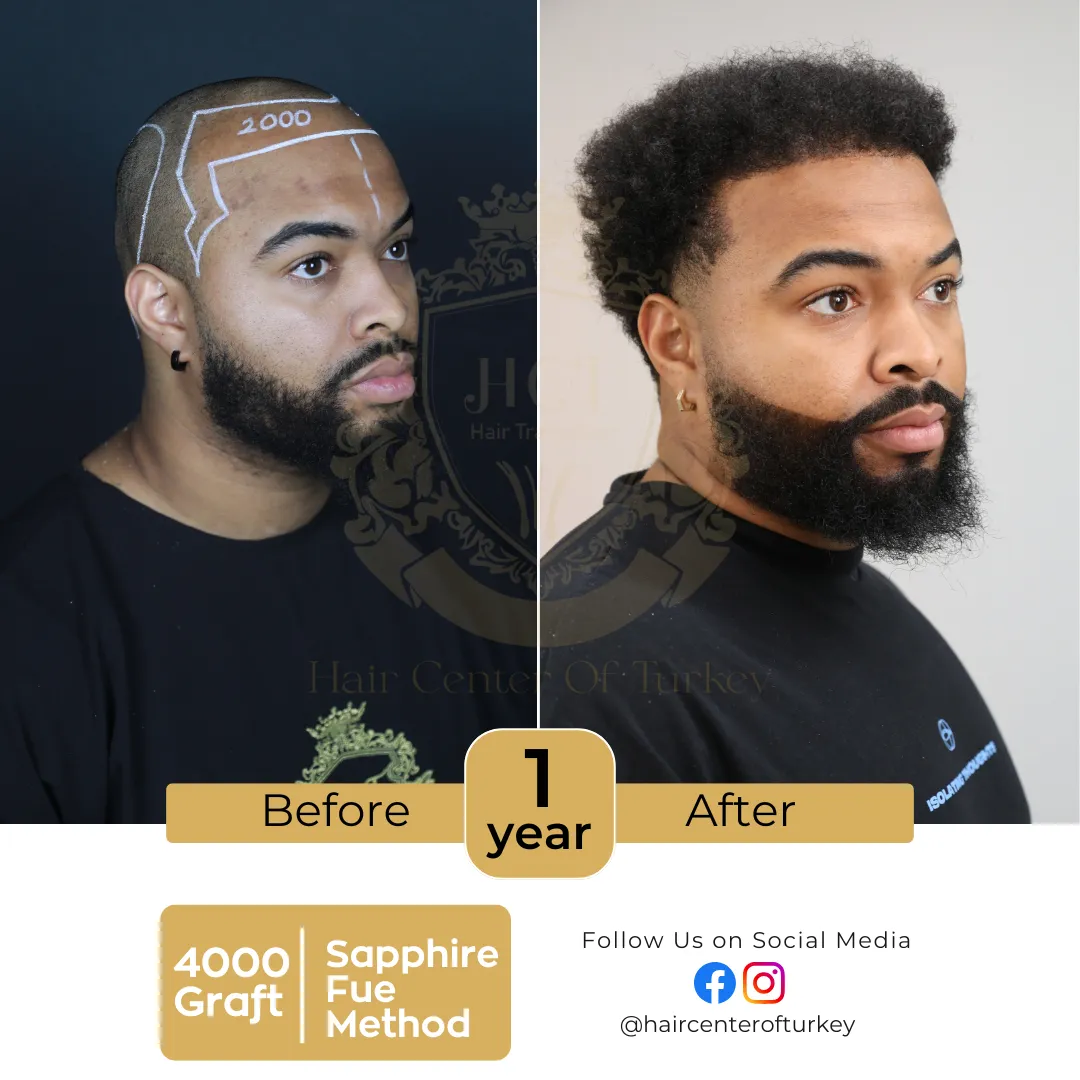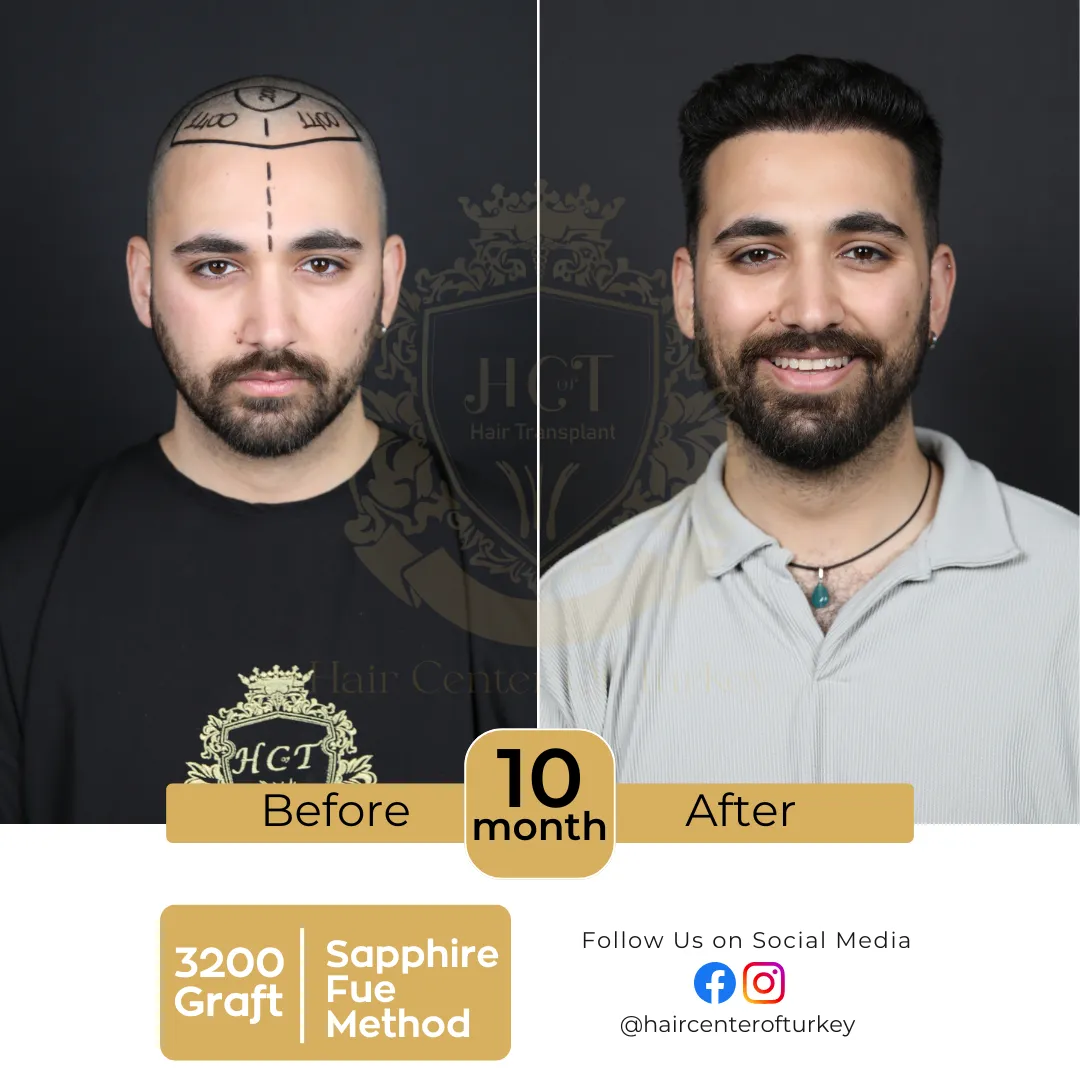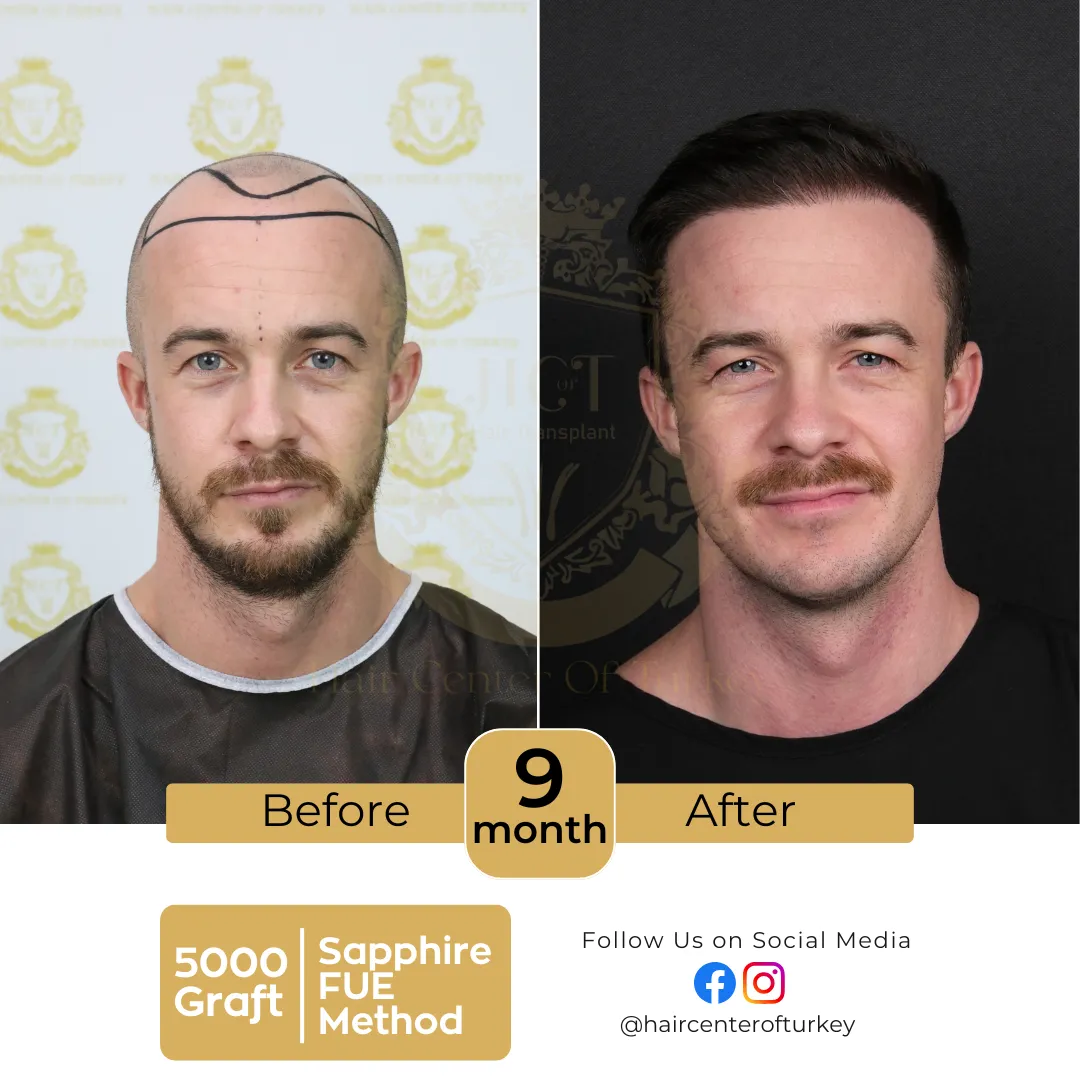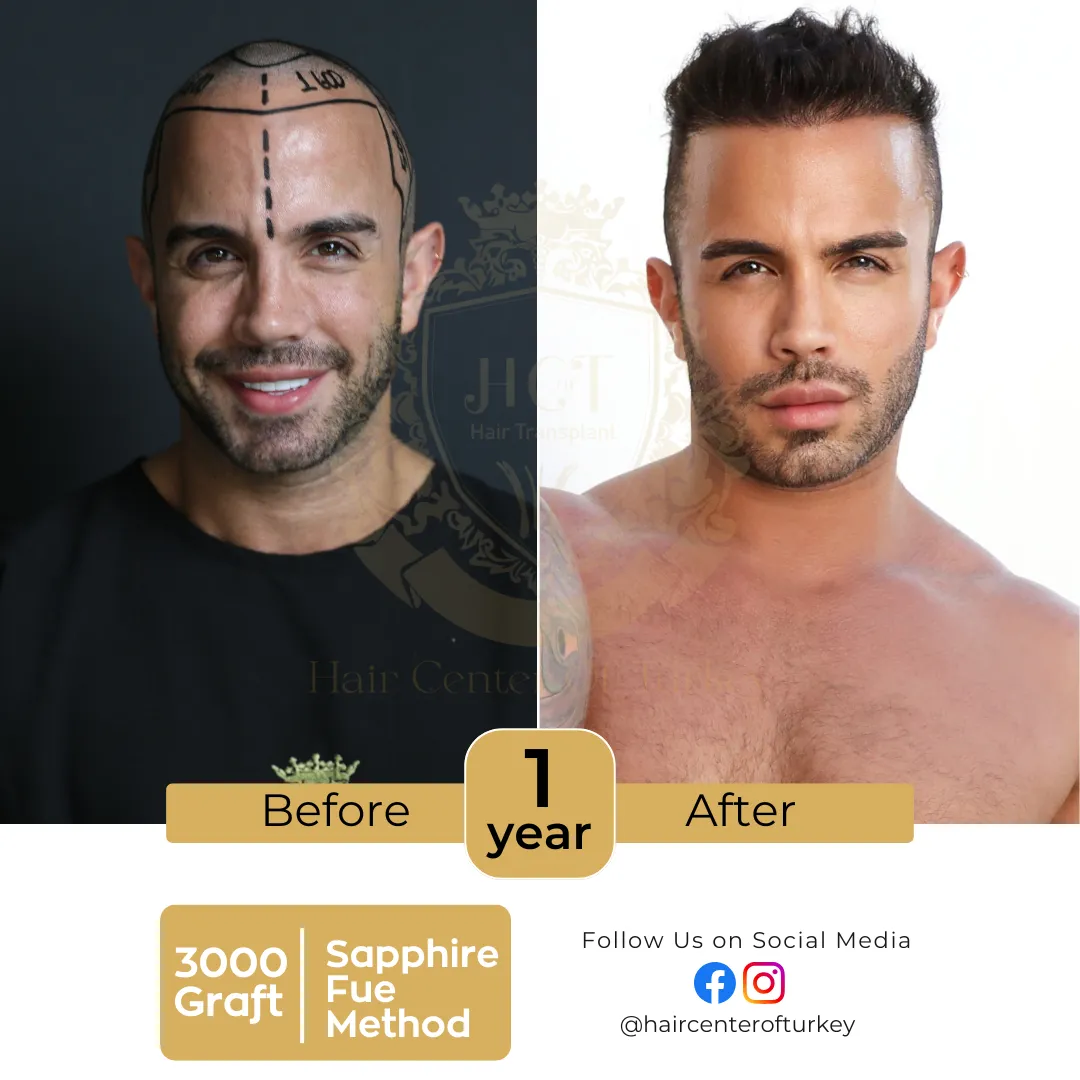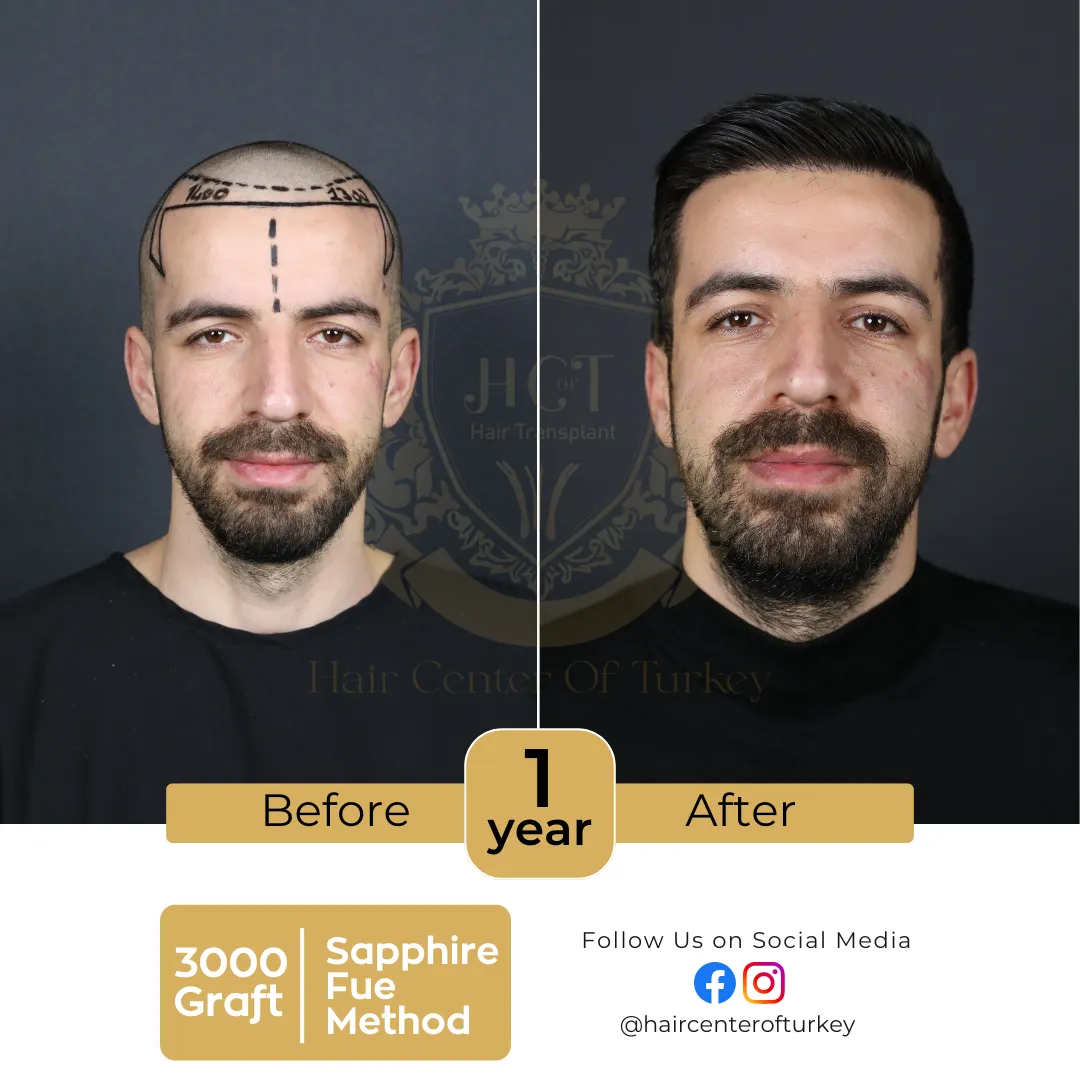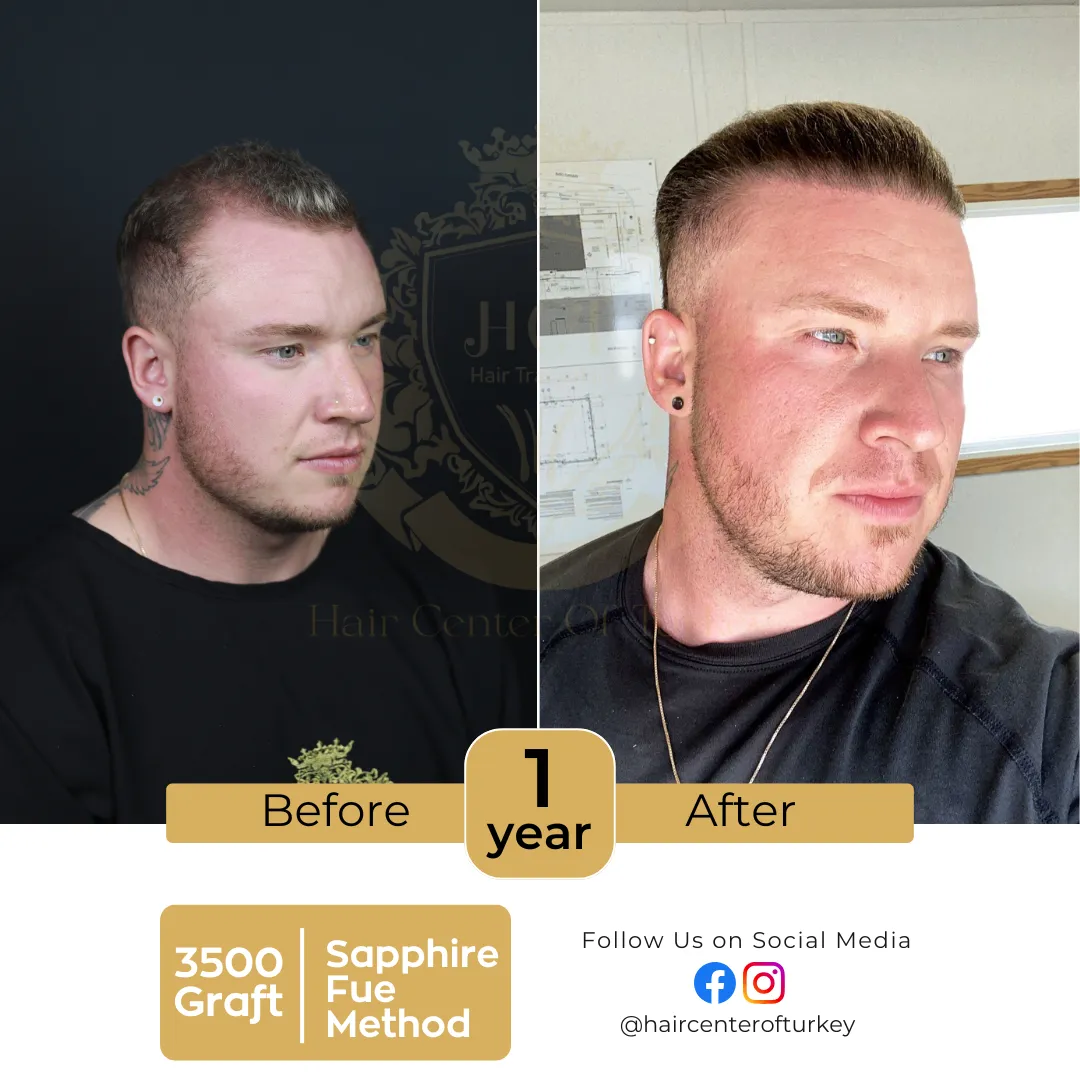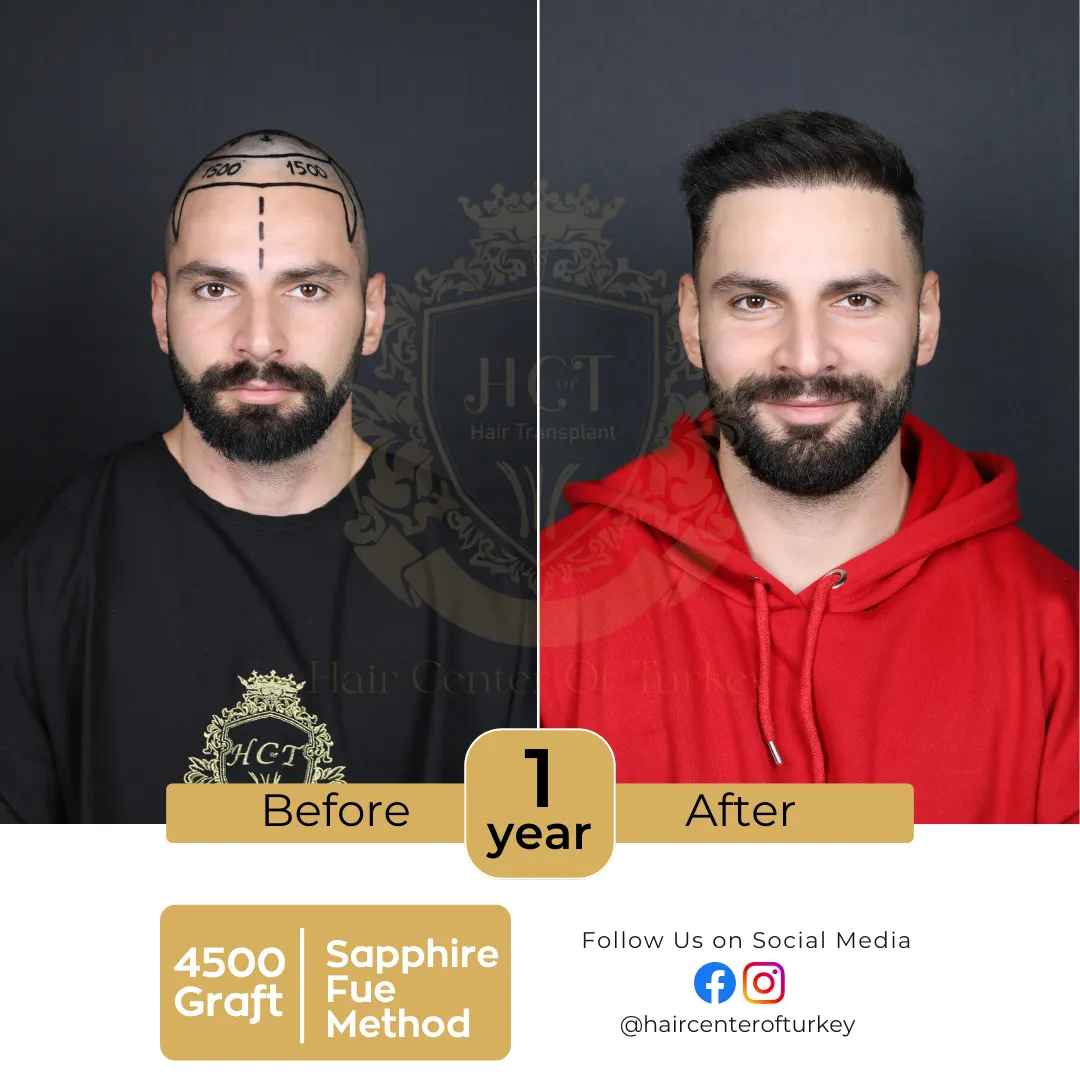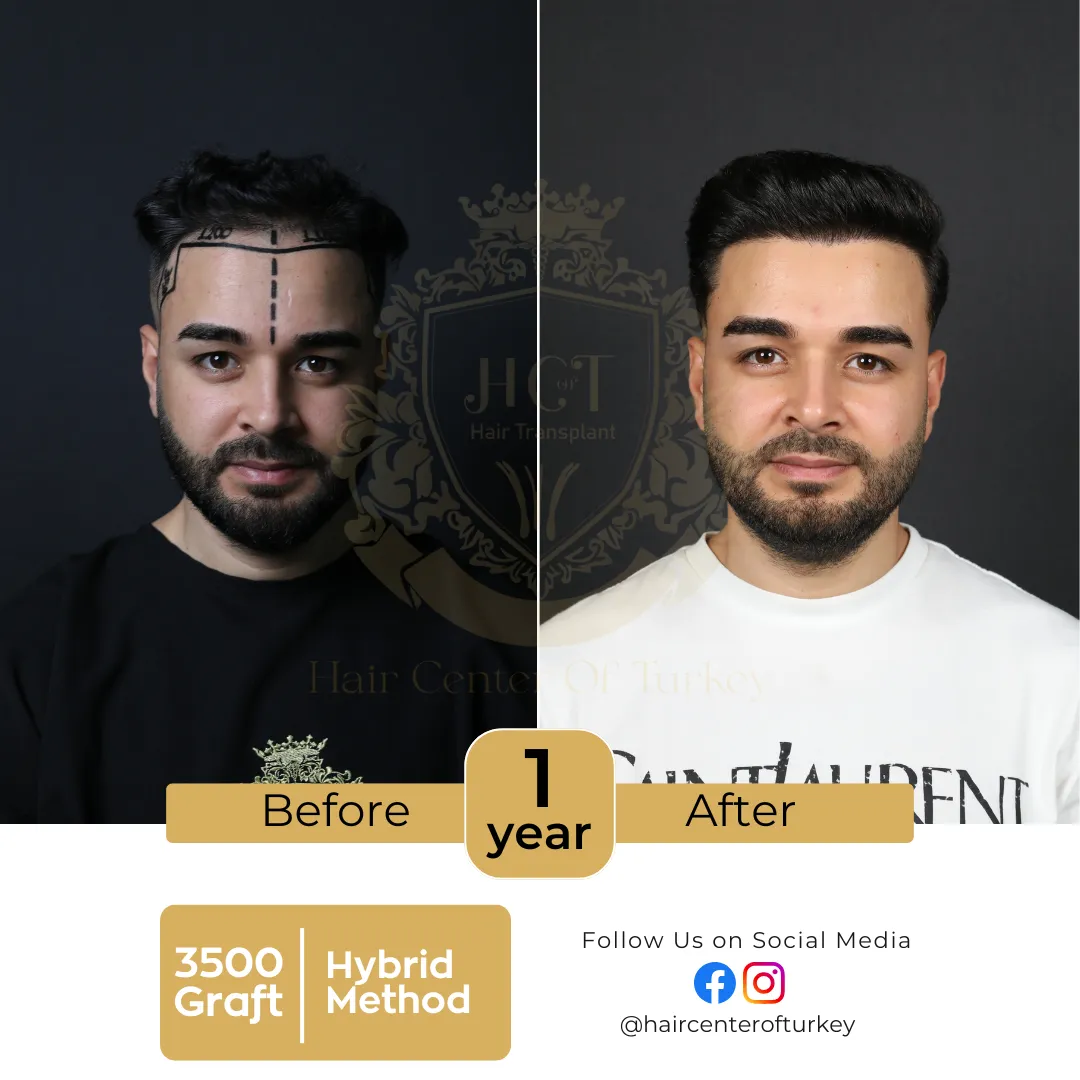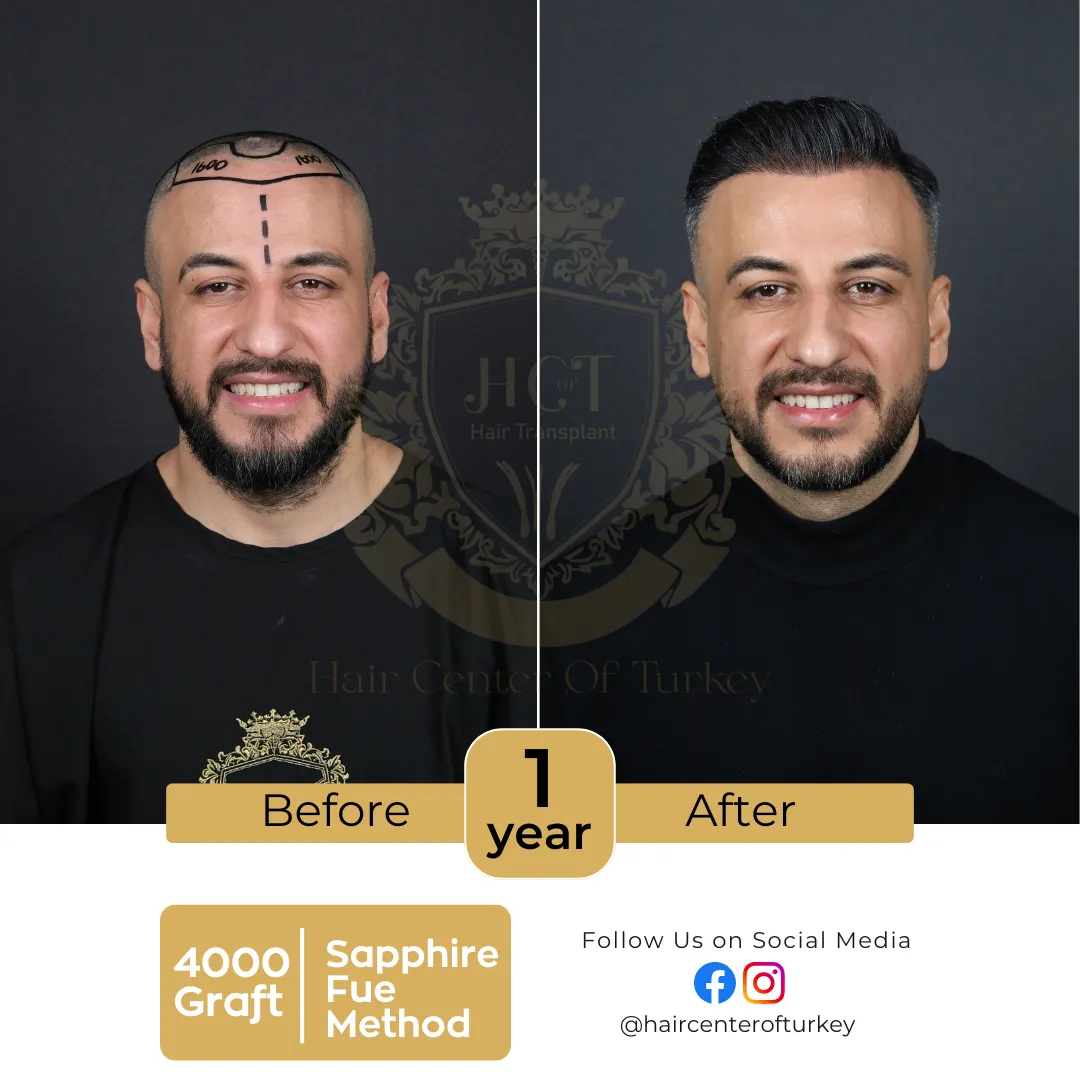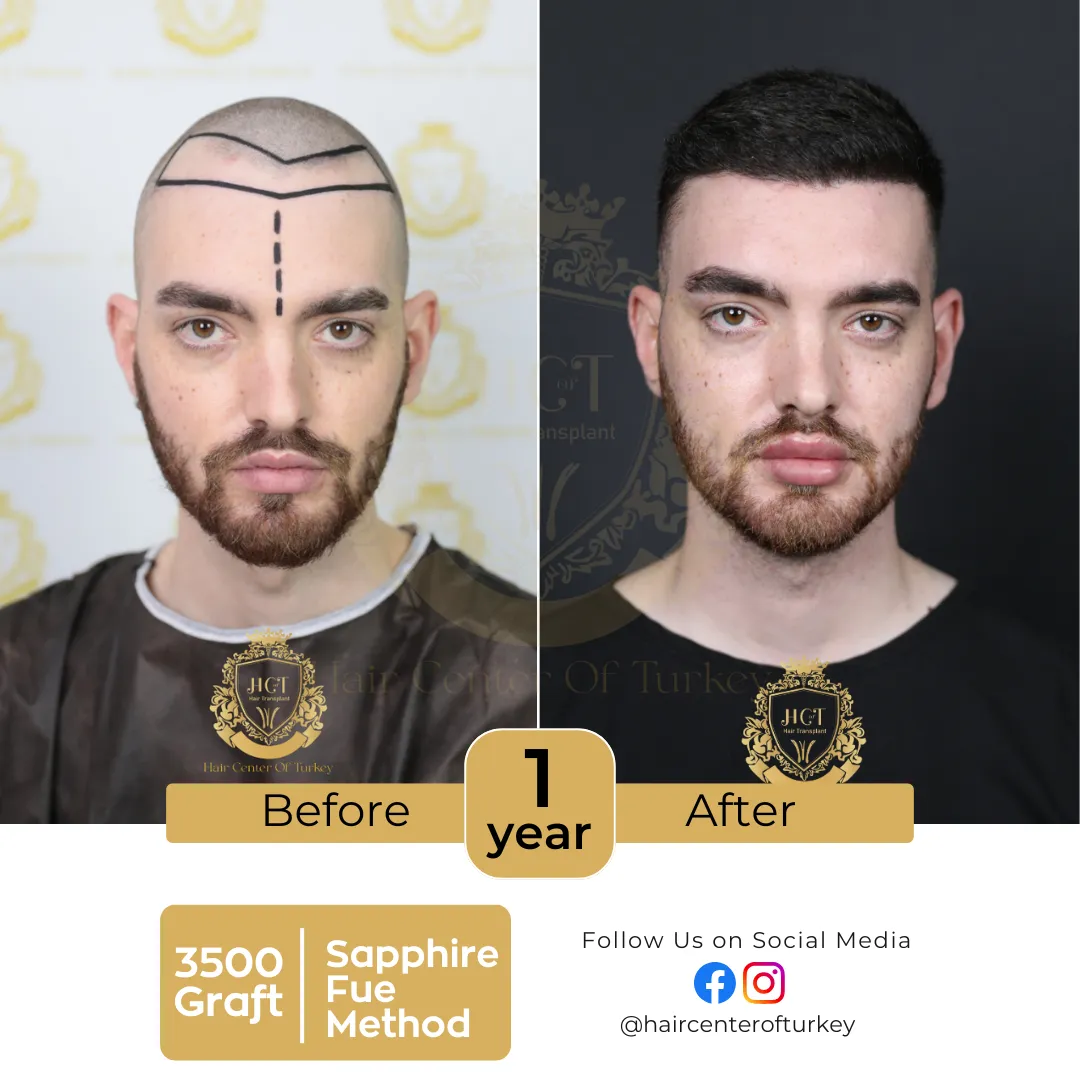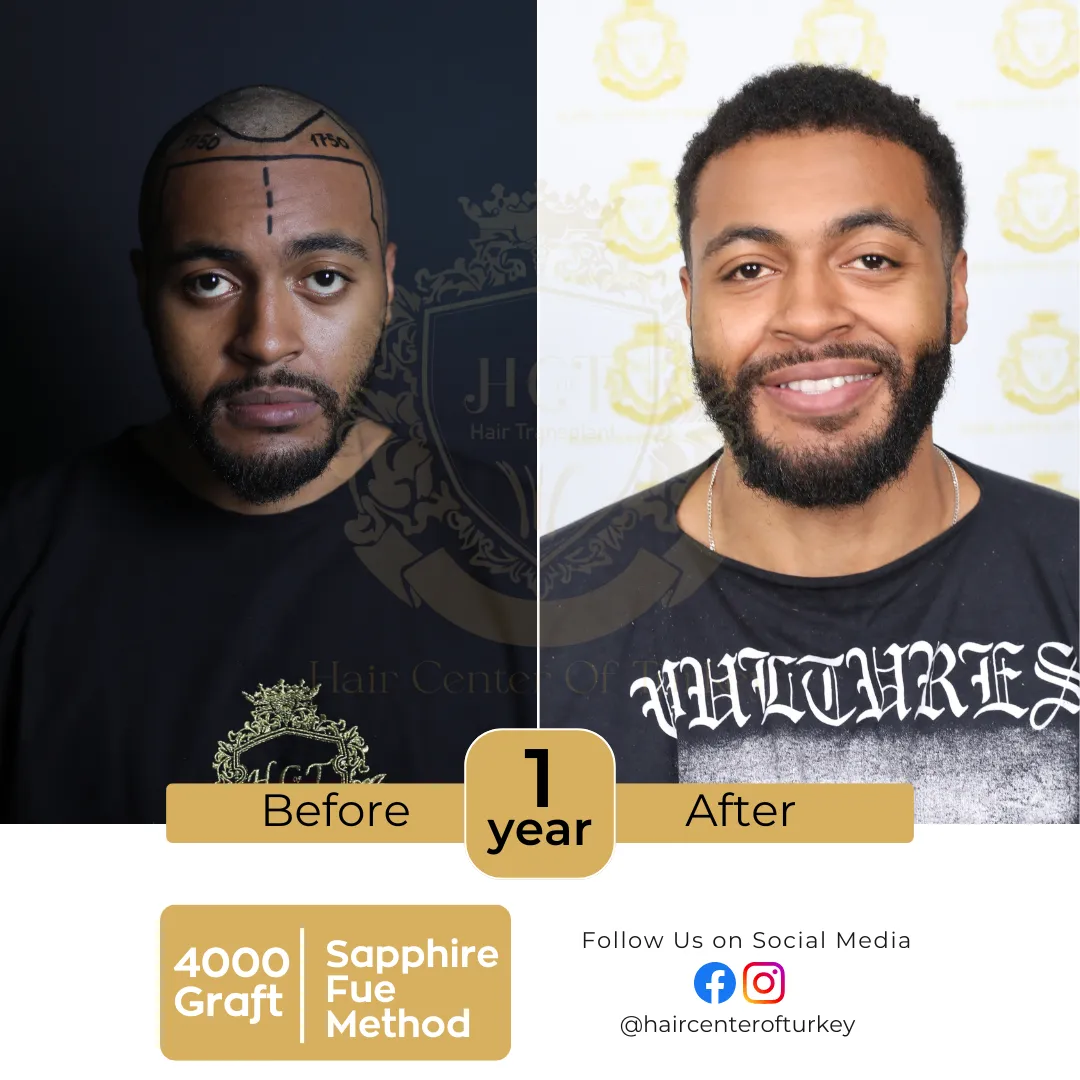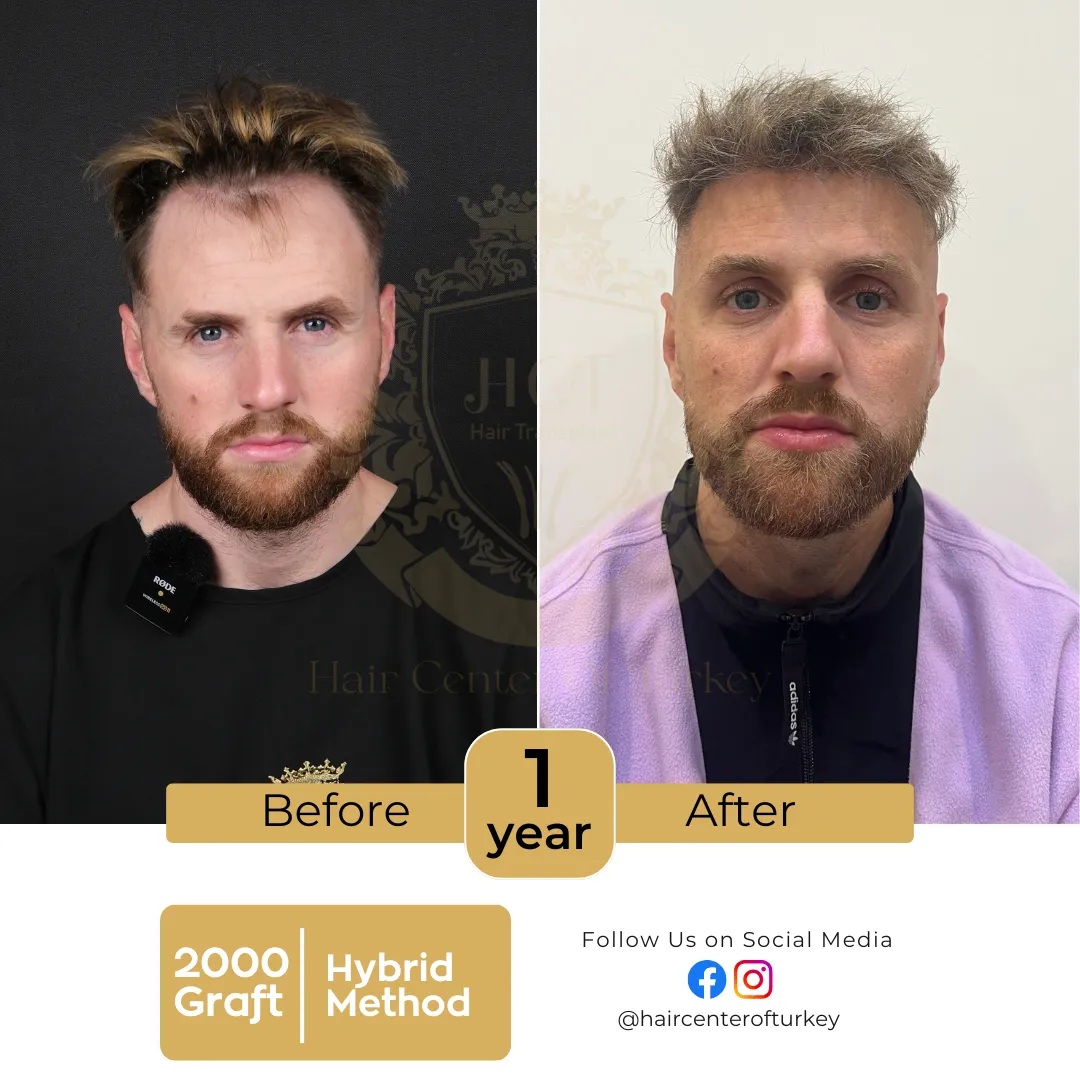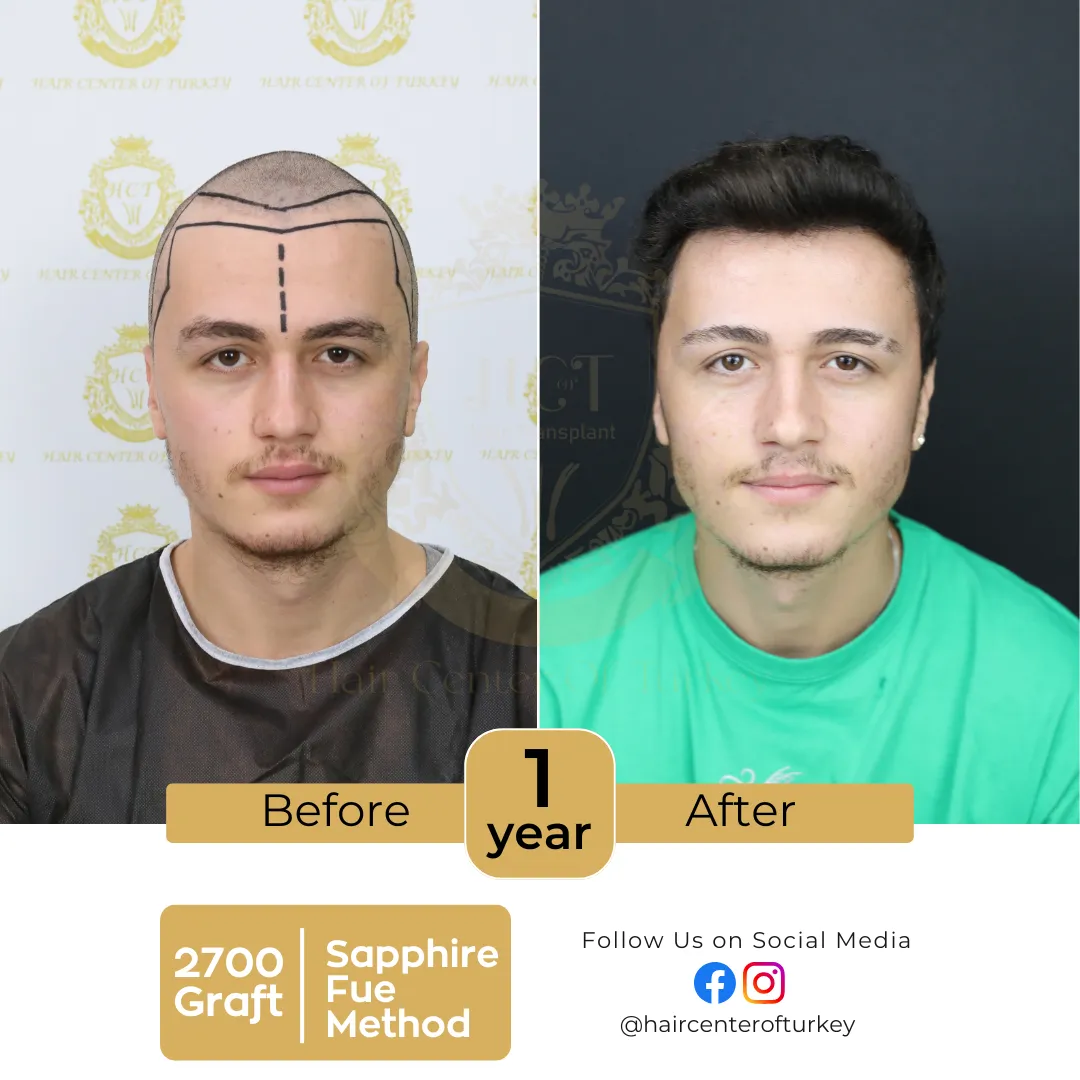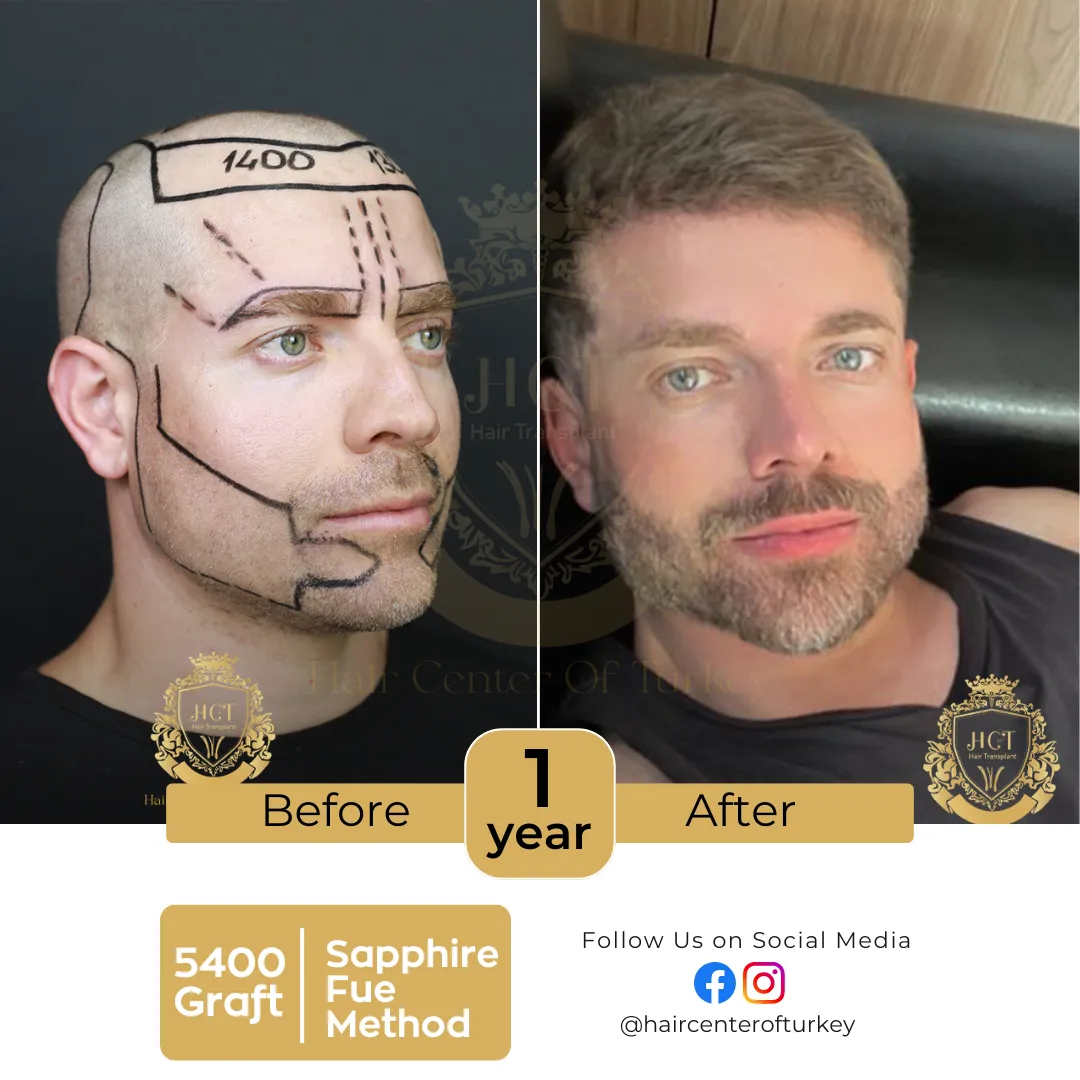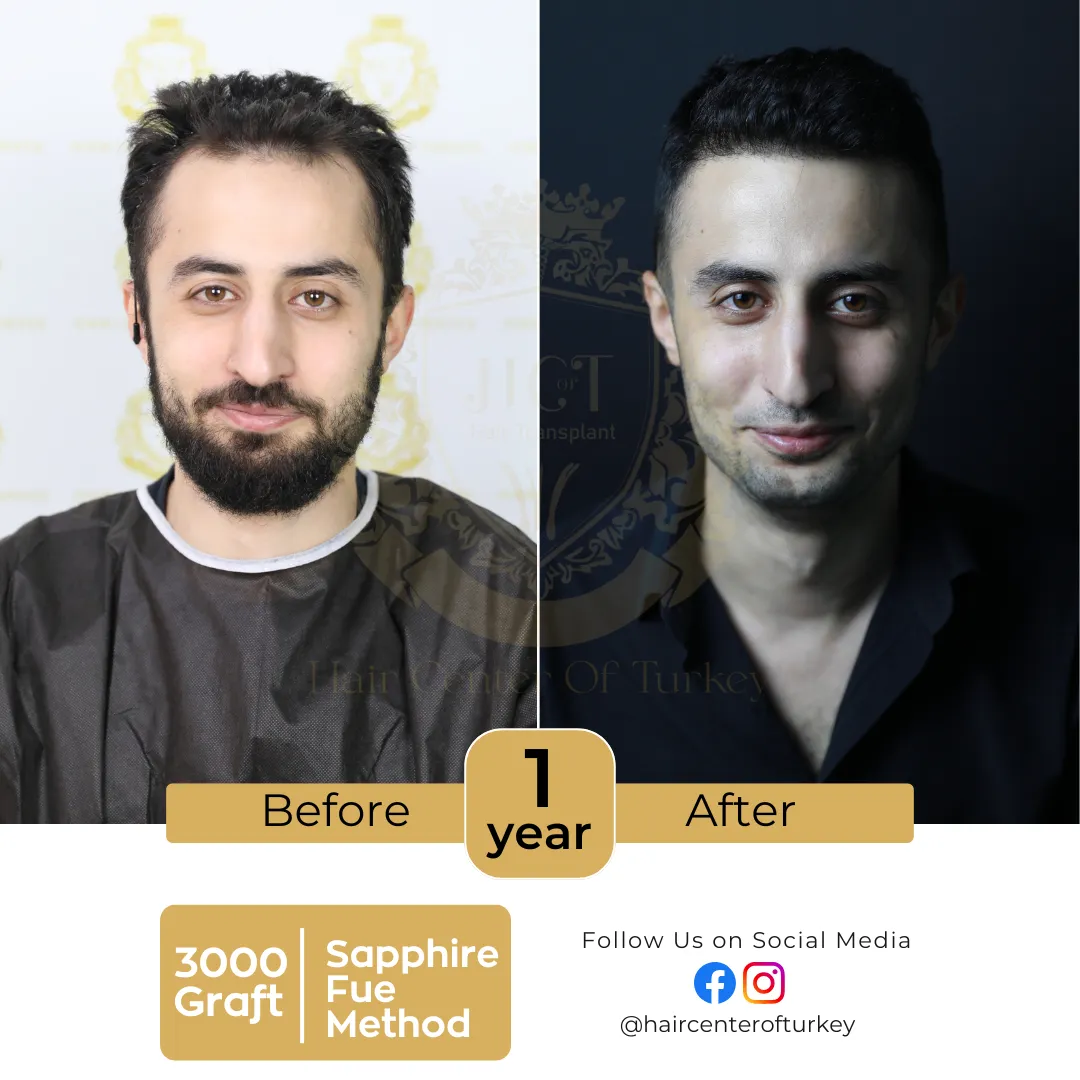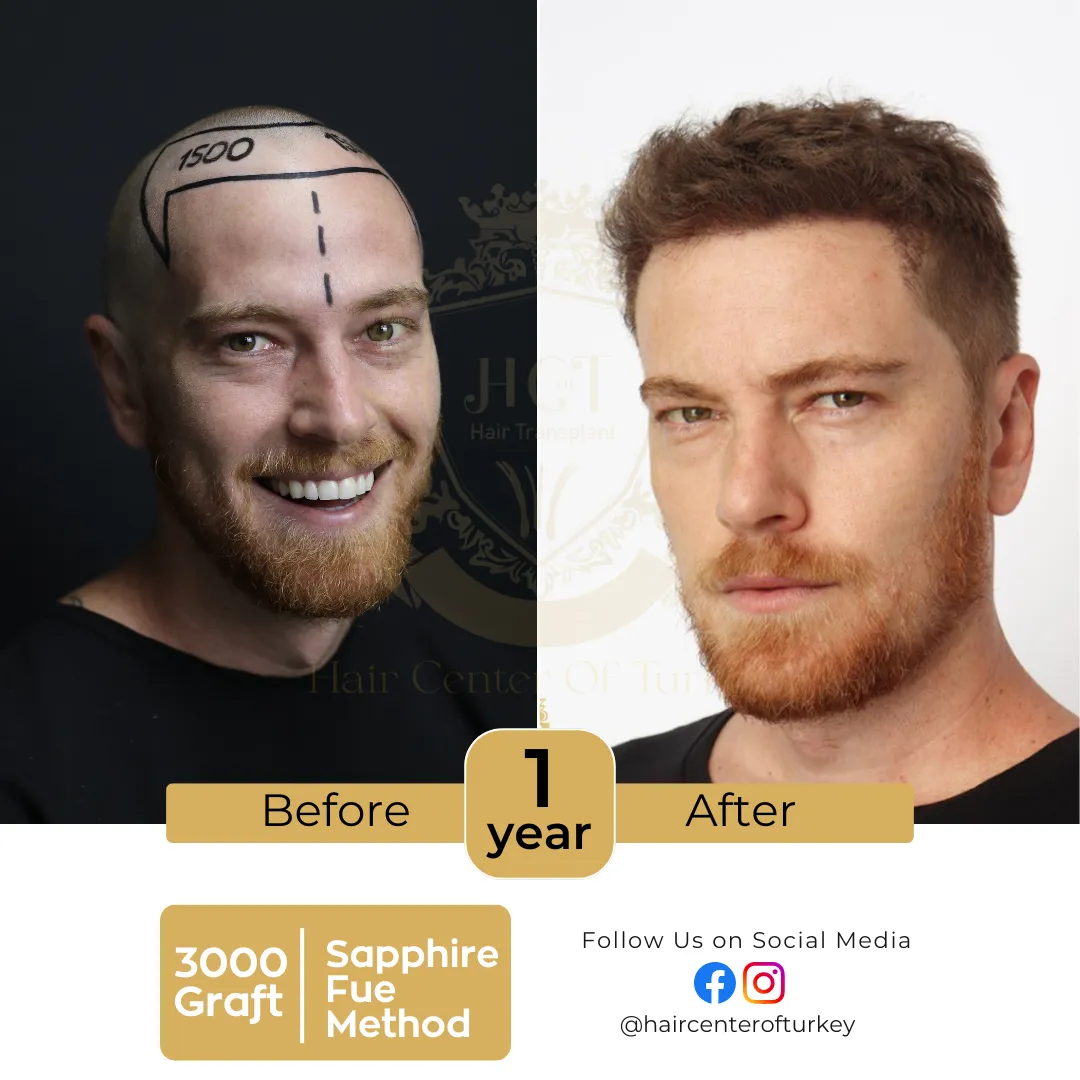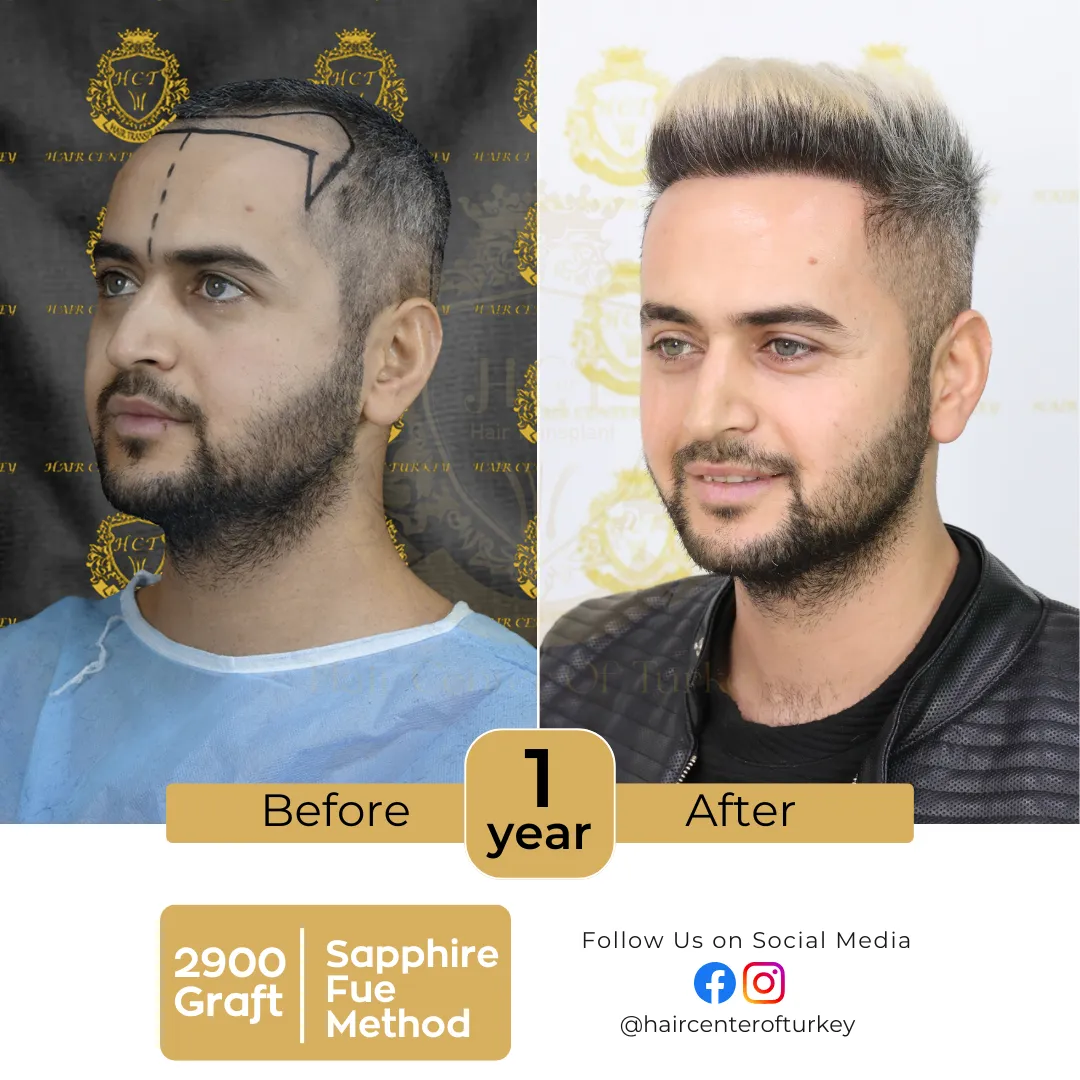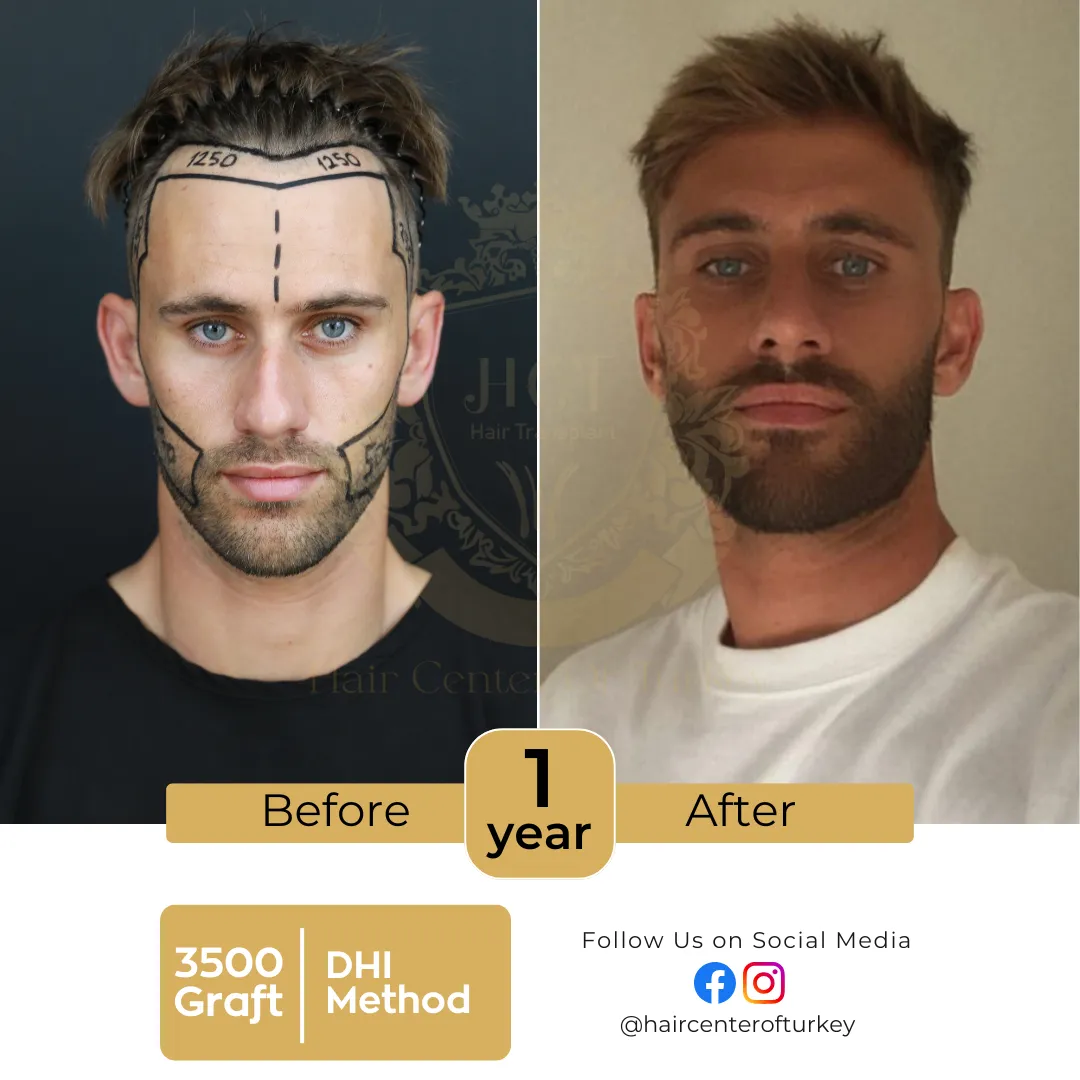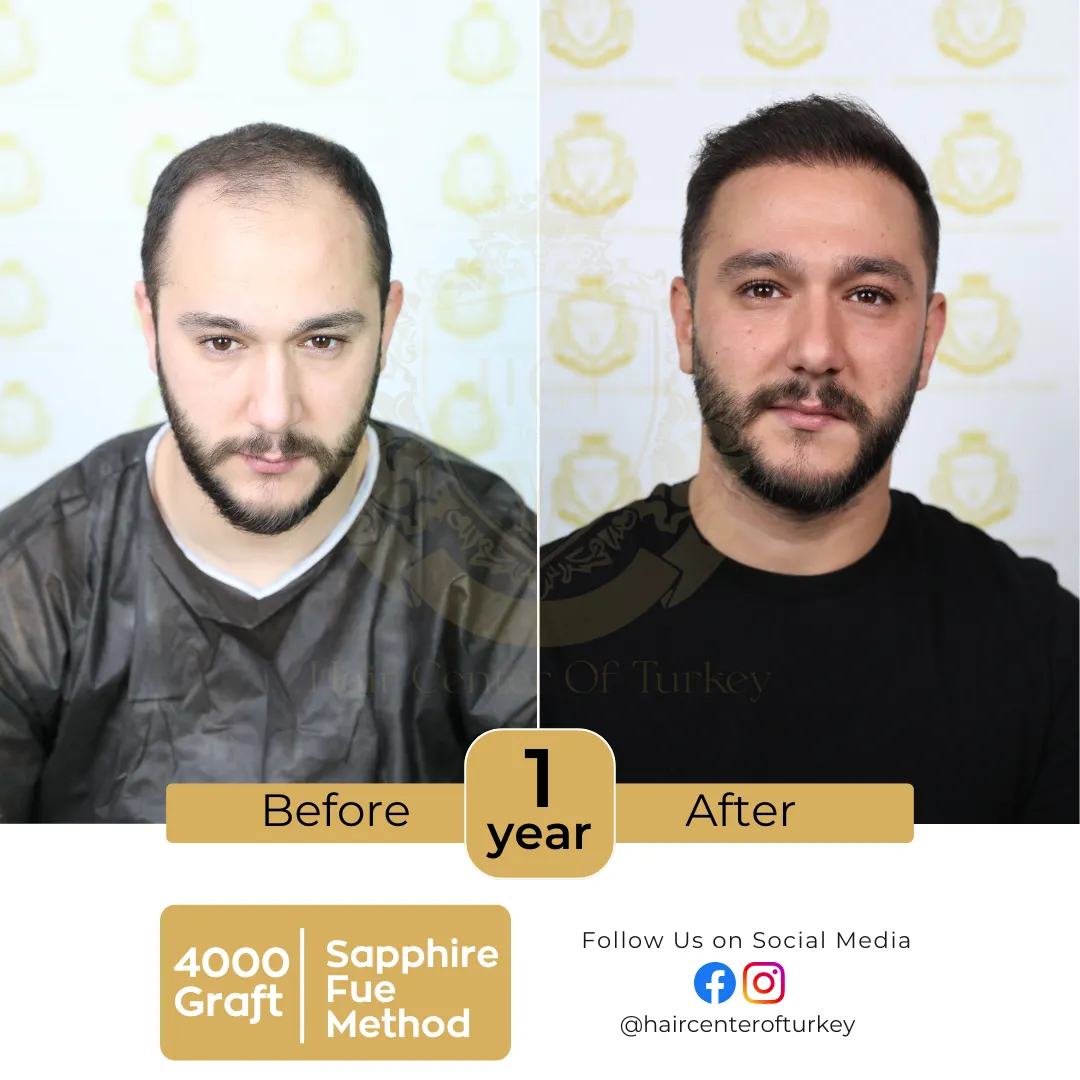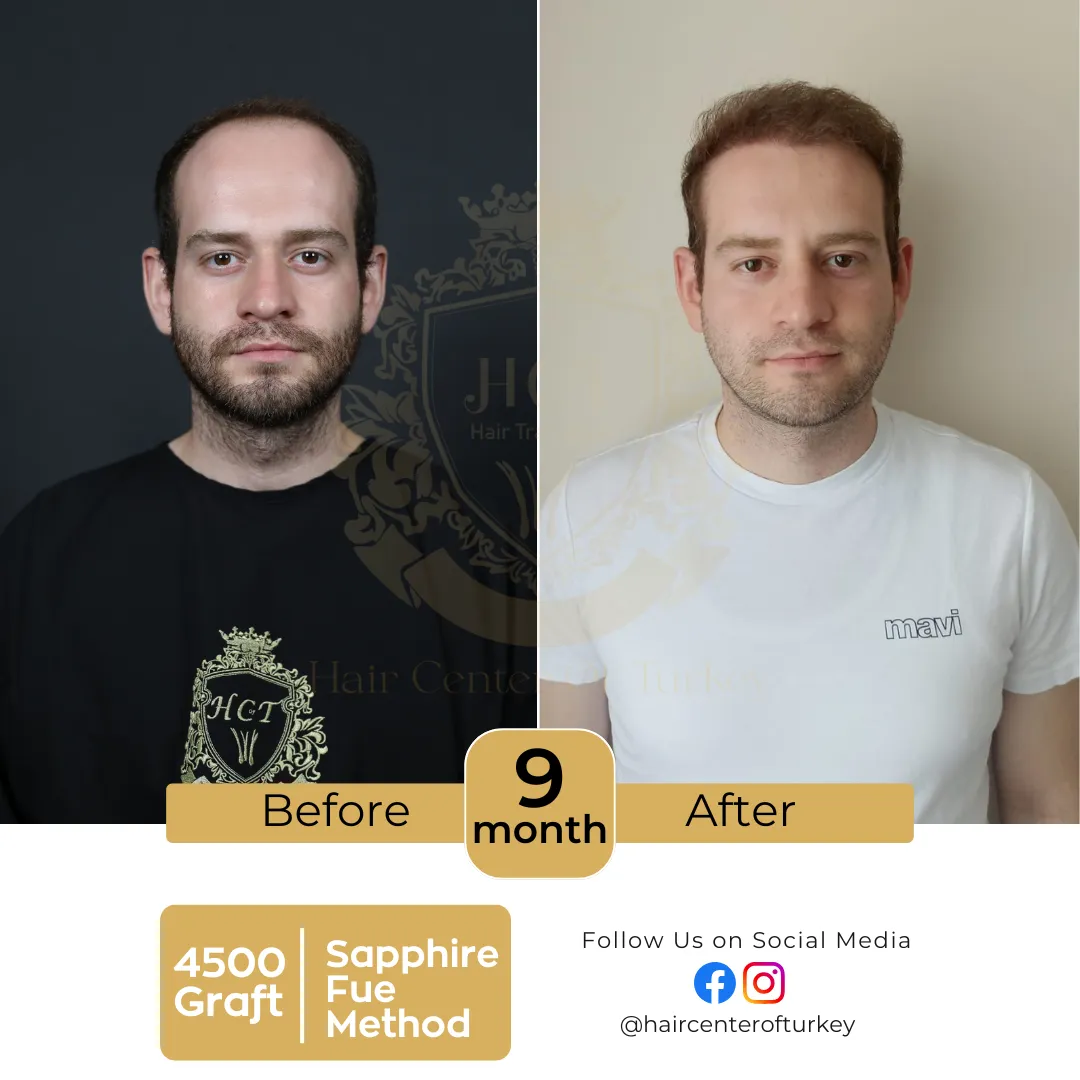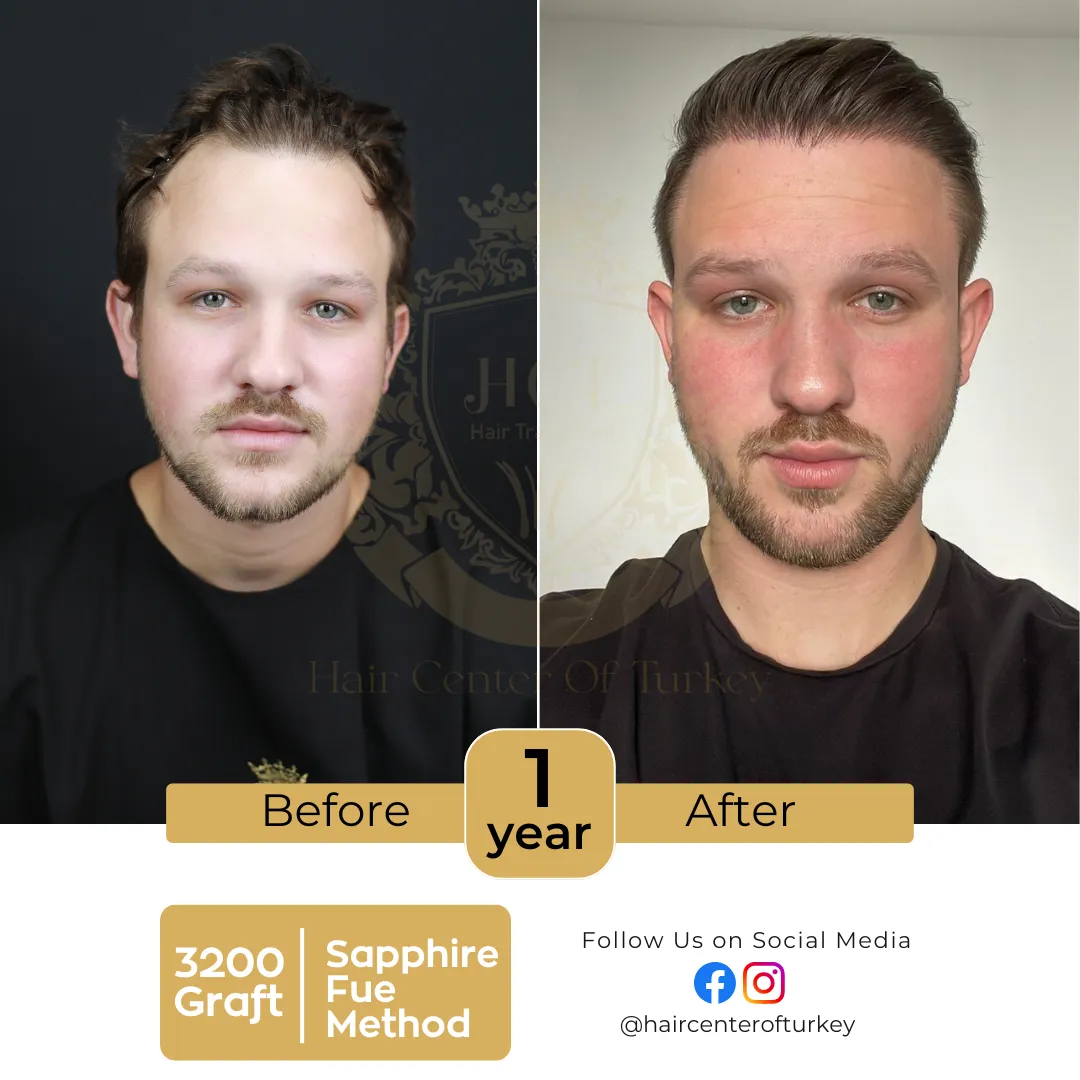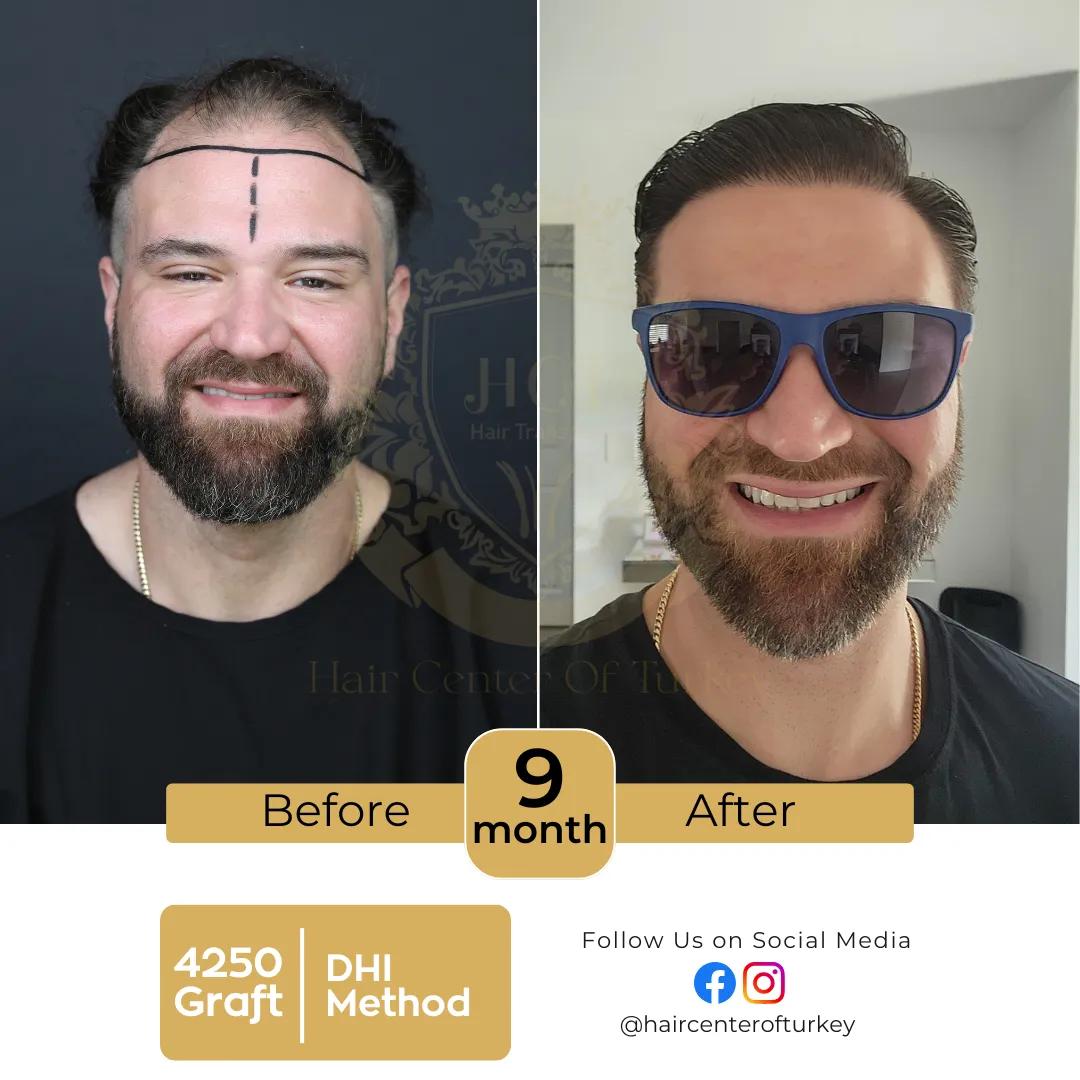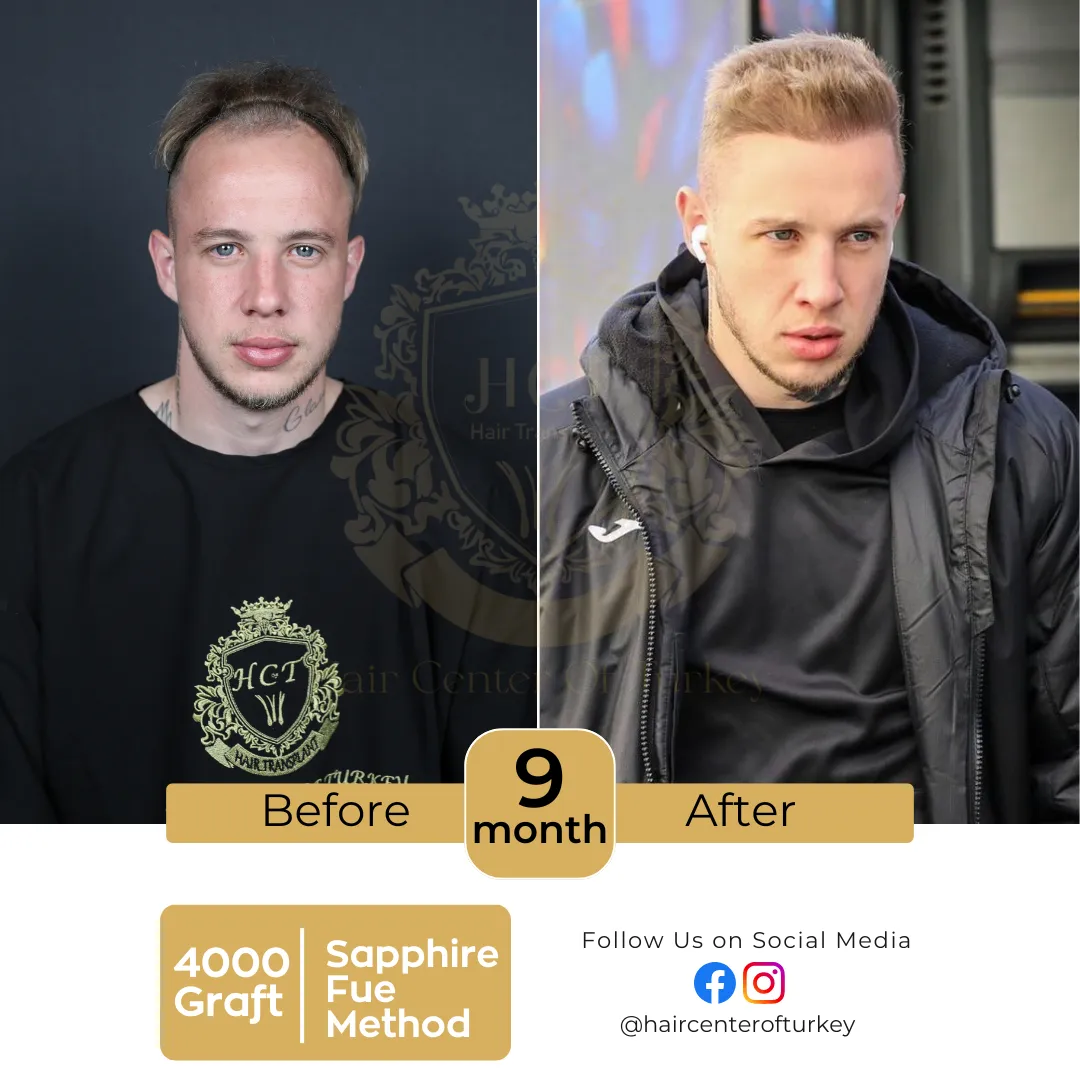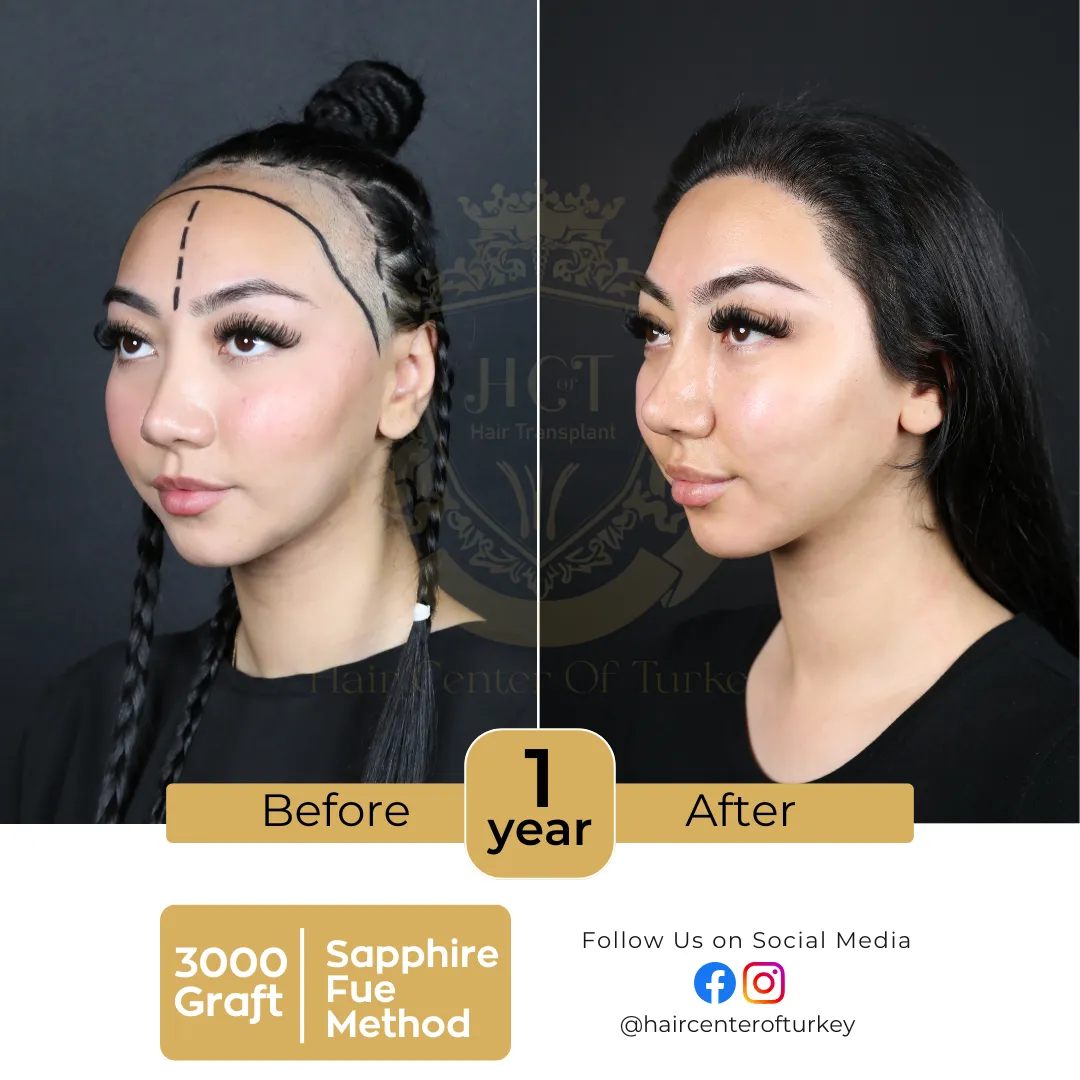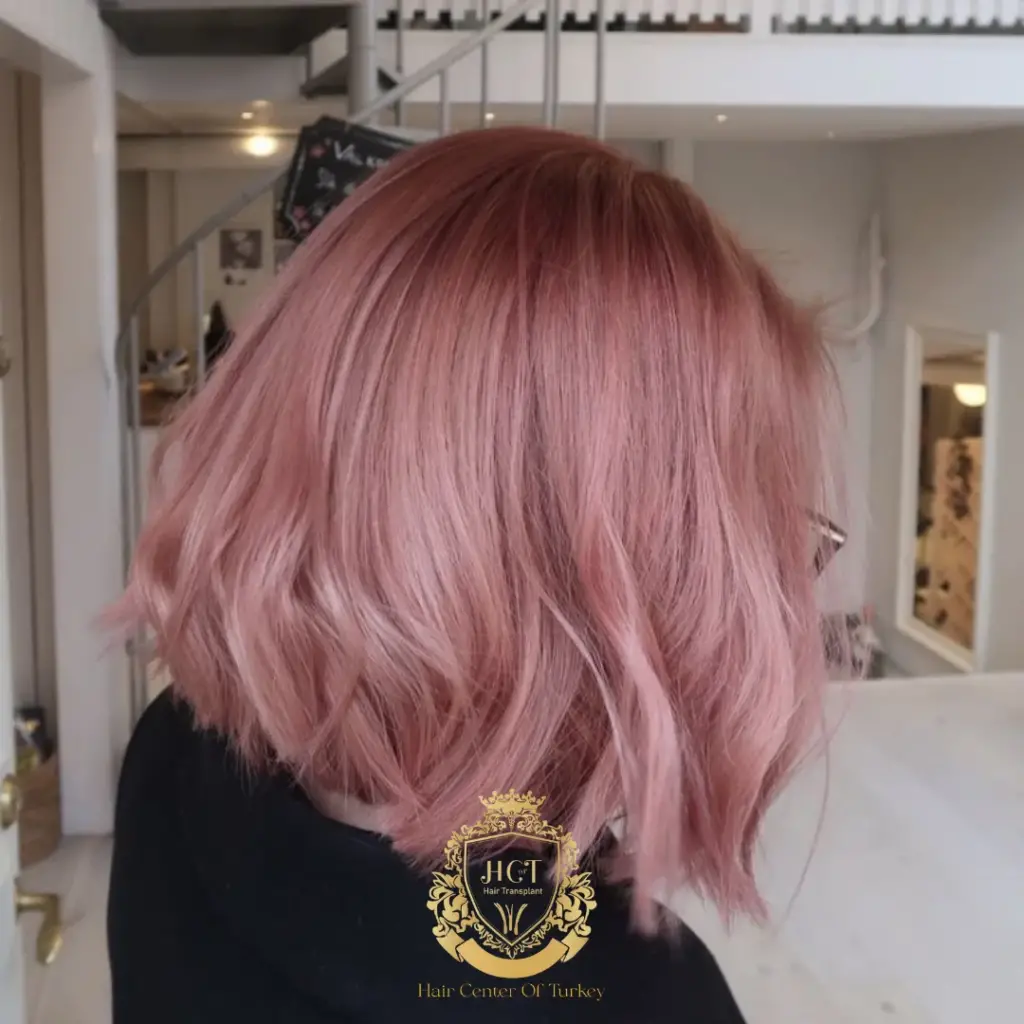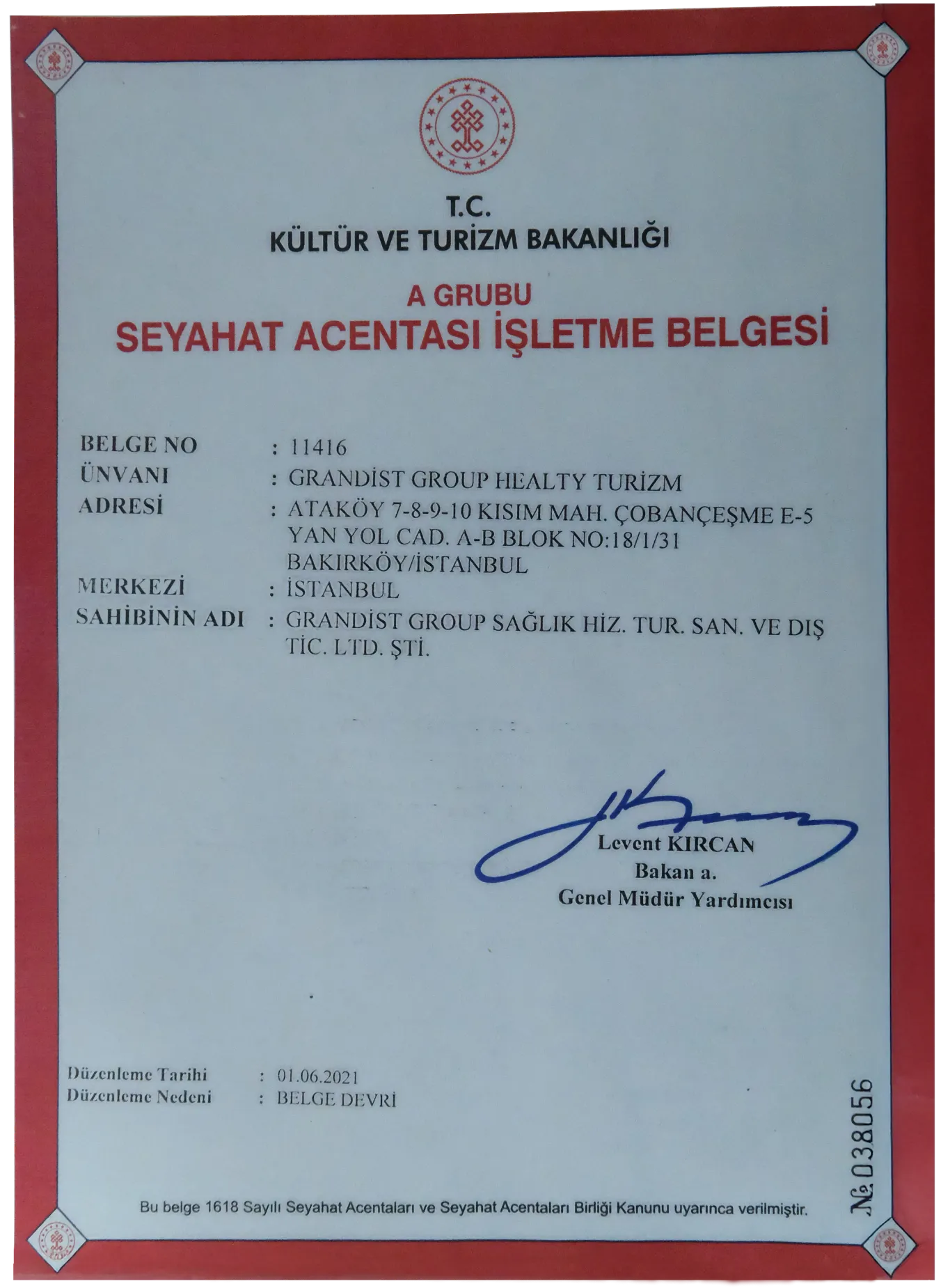Can You Do Ombre at Home?
Hair color changes have become the centerpiece of modern hair fashion in recent years. Among these trends, one of the most popular is ombre. With its natural color transitions, ombre offers a look that’s both striking and elegant. While it’s a favorite salon treatment, many people wonder if it’s possible to do ombre at home. So, can you really do ombre yourself? Let’s explore this question step by step.
What Is Ombre?
The word ombre comes from French, meaning “shadow.” It’s a hair-coloring technique that creates soft transitions from dark roots to lighter ends. The roots stay close to your natural hair color, while the ends gradually become lighter. This gradient adds depth and a natural glow to the hair.
In recent years, ombre has expanded beyond blonde tones — now it’s popular in shades of red, copper, gray, and even pastel colors. Its popularity comes from how easy it is to maintain — as the hair grows out, the roots still look natural.
So, can ombre be done at home? The answer is yes, it can, as long as you have the right information, patience, and attention to detail
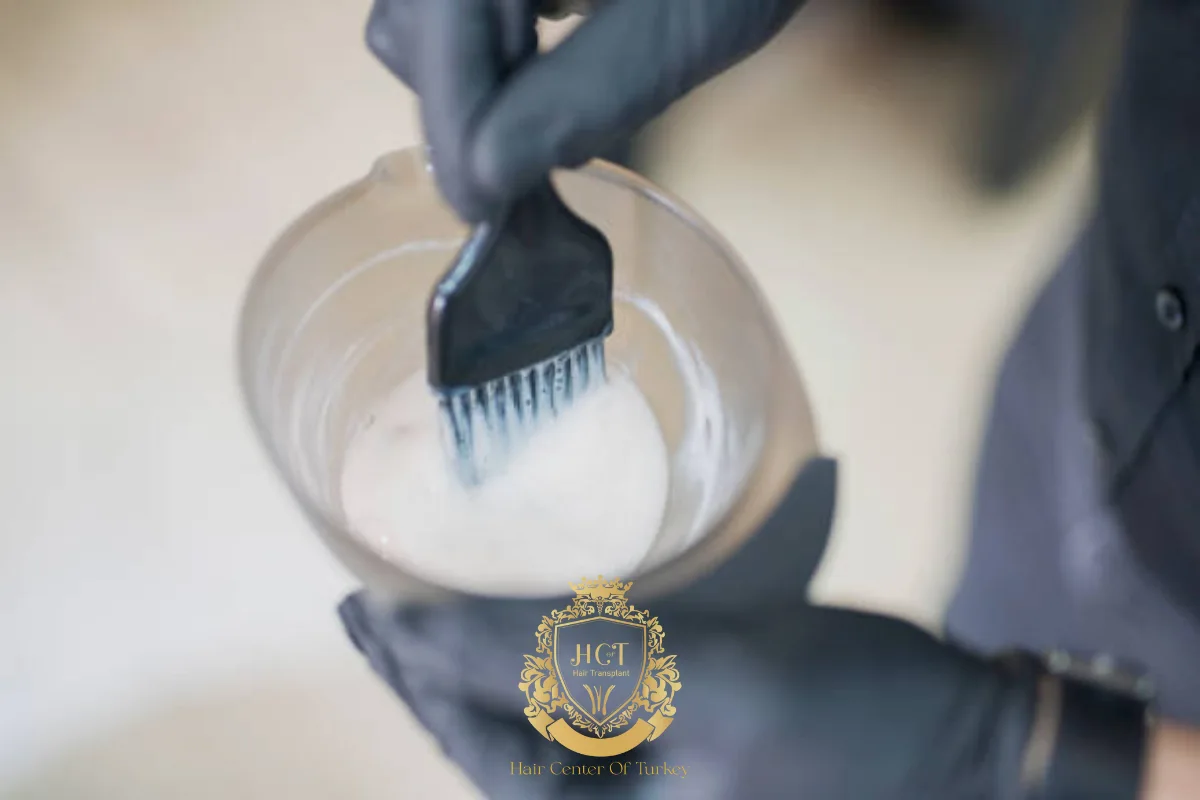
Materials Needed for Doing Ombre at Home
The most important part of the question “Can you do ombre at home?” is having the right tools and products. Using high-quality materials helps protect your hair and ensures better results.
If you plan to do ombre yourself, here’s what you’ll need:
- Hair lightener (developer + bleaching powder)
You’ll need to lighten the ends of your hair. A good-quality lightener minimizes damage. - Brush and mixing bowl
Use a plastic bowl and a hair dye brush to mix the lightener. - Gloves
Always wear gloves to protect your hands from chemicals. - Aluminum foil or hair coloring paper
Wrapping sections in foil helps the color develop faster and more evenly. - Comb and hair clips
Sectioning your hair makes the process easier and more organized. - Moisturizing hair mask or oil
It’s essential to restore moisture to your hair after bleaching.
Once your tools are ready, let’s move on to the application steps.
How to Do Ombre at Home
Many people wonder, “Can I really do ombre at home?” — and yes, you can, if you follow the steps carefully.
- Prepare Your Hair
Your hair should be clean and dry. It’s better not to do the process right after washing your hair, as the natural oils protect your scalp. - Section Your Hair
Divide your hair into 4–6 sections and clip them up. This helps keep things neat. - Mix the Lightener
Follow the product instructions to mix the bleach powder with the developer. The consistency should be creamy, not runny. - Apply the Lightener
Start from the ends and work upward, using a comb to blend the product for softer transitions. You can make the ends lighter and keep the middle sections slightly darker for a natural gradient. - Processing Time
The lightening time depends on your hair color and texture — typically 20–40 minutes. Check the color every 10 minutes. - Rinse and Care
Once you reach the desired lightness, rinse thoroughly with lukewarm water. Wash with a color-protecting shampoo and apply a moisturizing mask.
If you follow these steps carefully, you can confidently answer “Yes!” to the question, Can you do ombre at home?
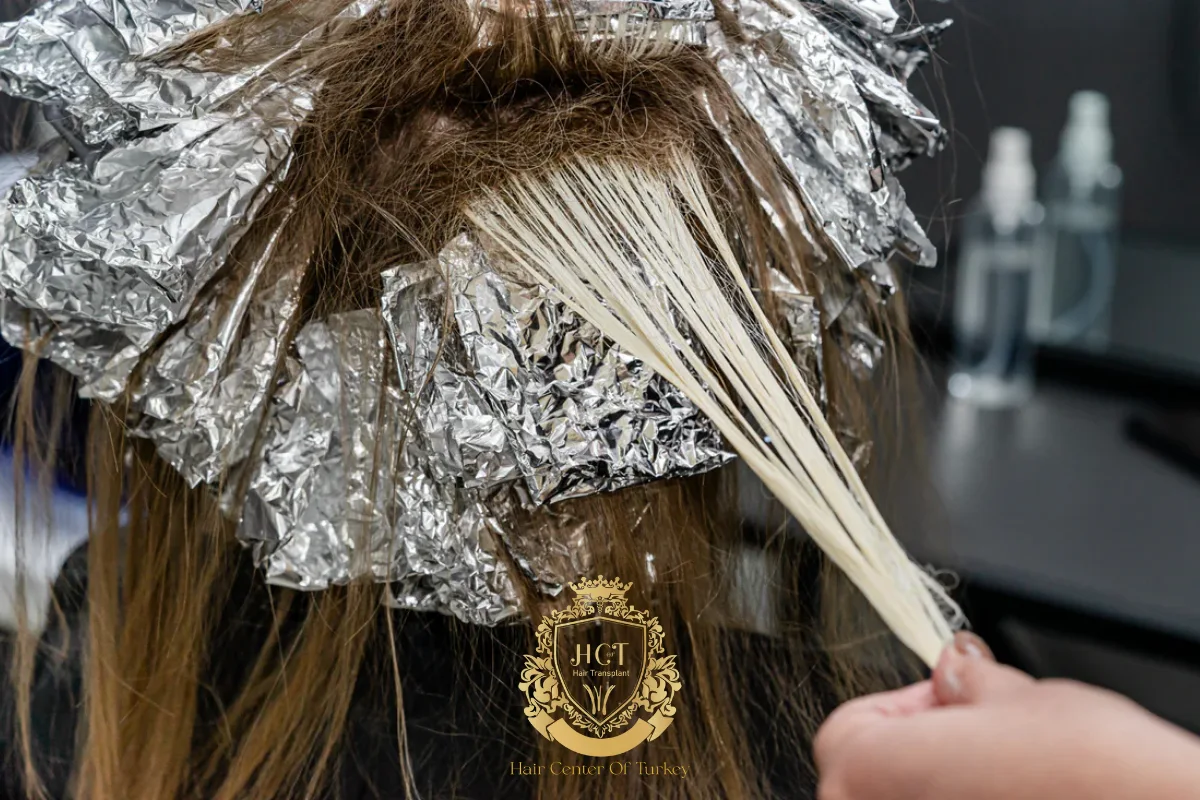
Things to Keep in Mind When Doing Ombre at Home
Ombre requires patience and care. Keep these points in mind for a professional-looking result:
- Choose the right tone: Pick a color that complements your natural hair.
- Protect hair health: If your hair is already damaged, do some repairing treatments first.
- Don’t overuse bleach: Too much bleach can burn or break your hair.
- Watch the timing: Leaving the product on too long increases damage risk.
- Work in natural light: It’s easier to see color differences.
When done properly, doing ombre at home can be a fun and rewarding experience.
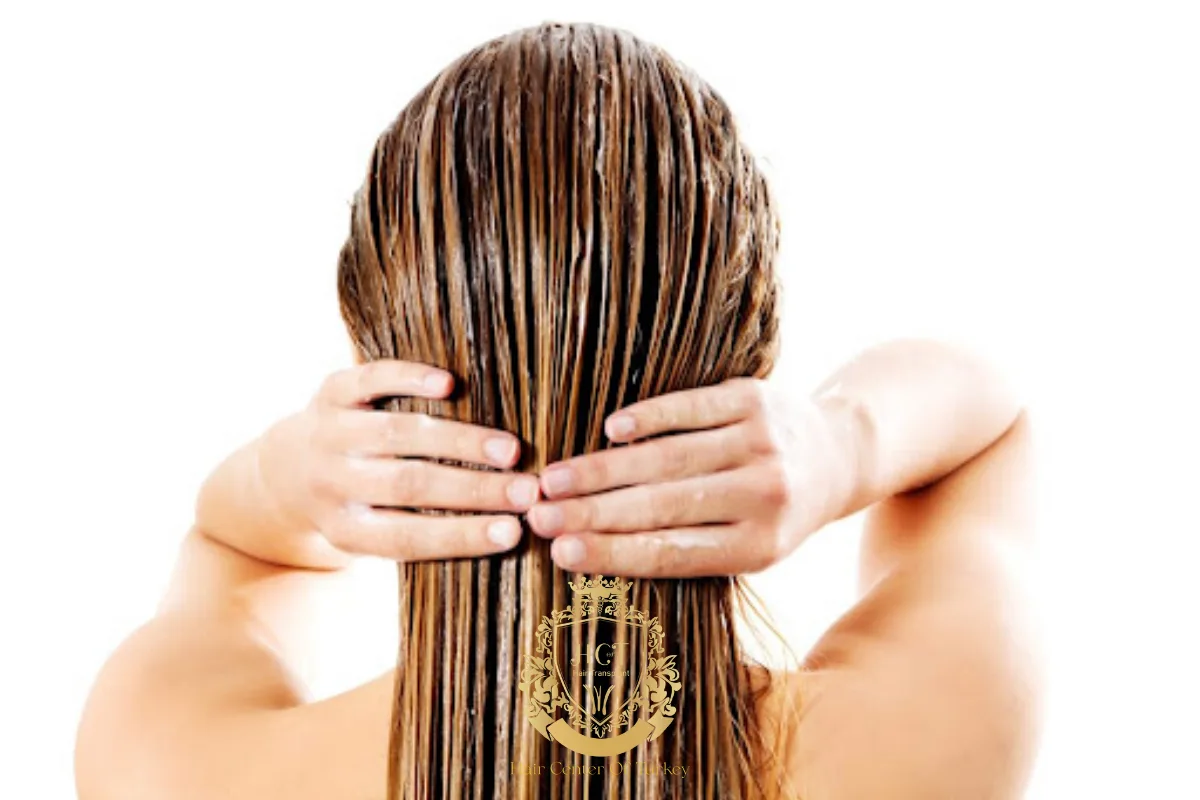
Common Mistakes When Doing Ombre at Home
Here are some typical mistakes to avoid:
- Applying bleach all over the hair:
Ombre should have a gradient; applying it from root to tip ruins the effect. - Bleaching wet hair:
The product should be applied to dry hair. Wet hair can absorb too much bleach and become damaged. - Leaving bleach on too long:
Longer isn’t always better — it can destroy your hair’s elasticity. - Skipping post-care:
After ombre, use a nourishing mask or oil to keep your hair shiny and soft. - Choosing the wrong shade:
Incompatible tones can result in unwanted brassy or yellow hues.
Avoiding these mistakes will help you achieve a beautiful ombre look at home.
Ombre at Home or at the Salon?
Many people hesitate: Should I do ombre at home, or go to a salon? The answer depends on your experience, hair condition, and expectations.
Advantages of doing ombre at home:
- It’s more affordable.
- You can control the color and tone.
- You can do it anytime.
Disadvantages:
- The result may not look perfectly blended on your first try.
- Misjudging the timing may damage your hair.
Advantages of doing ombre at a salon:
- Professionals deliver guaranteed results.
- They use hair-safe, high-quality products.
- The color transitions are usually smoother.
In summary, whether you do ombre at home or at a salon depends on you. If you’re skilled, careful, and patient, you can get great results at home. But if you’d rather not risk it, going to a stylist is the safer choice.
